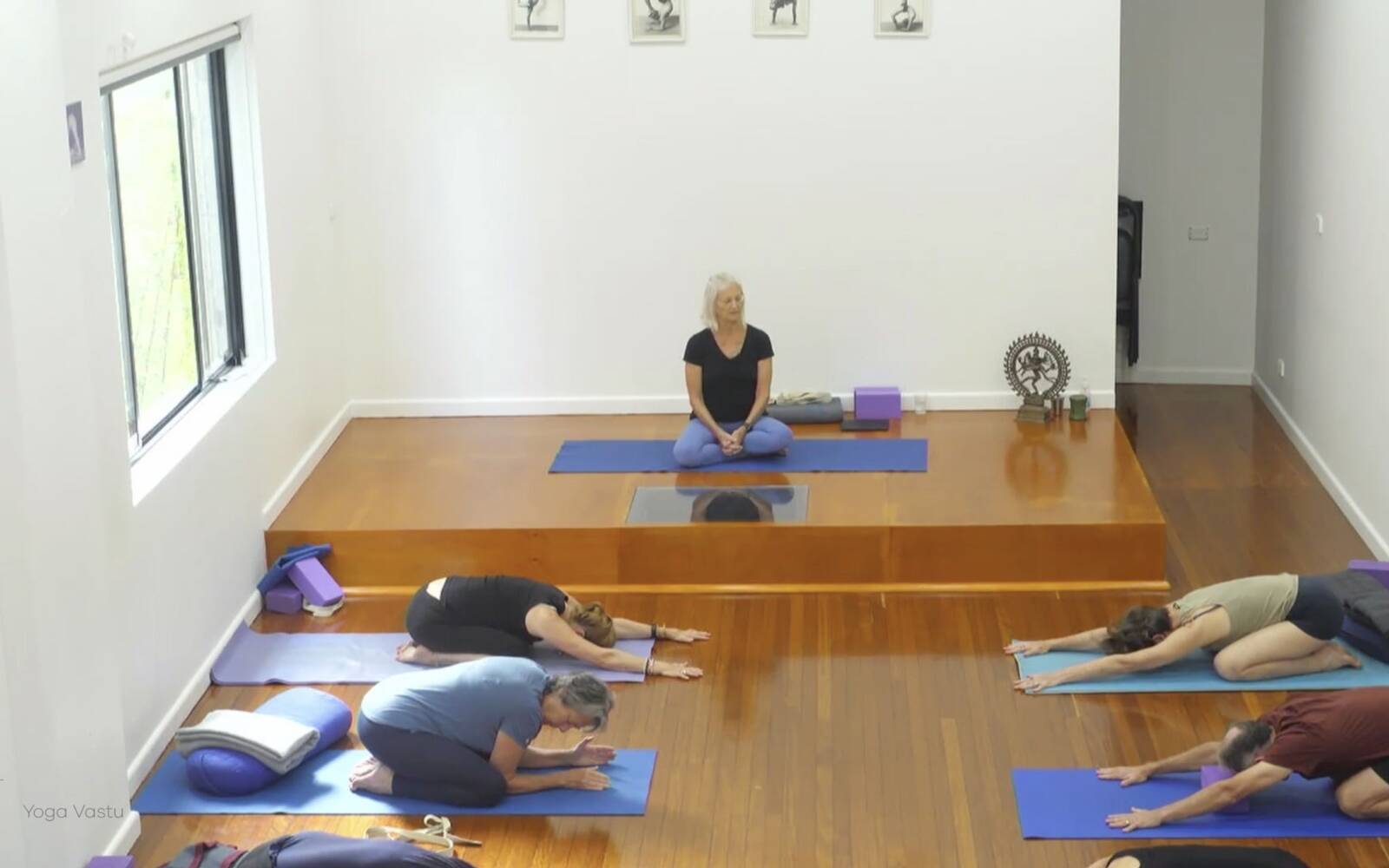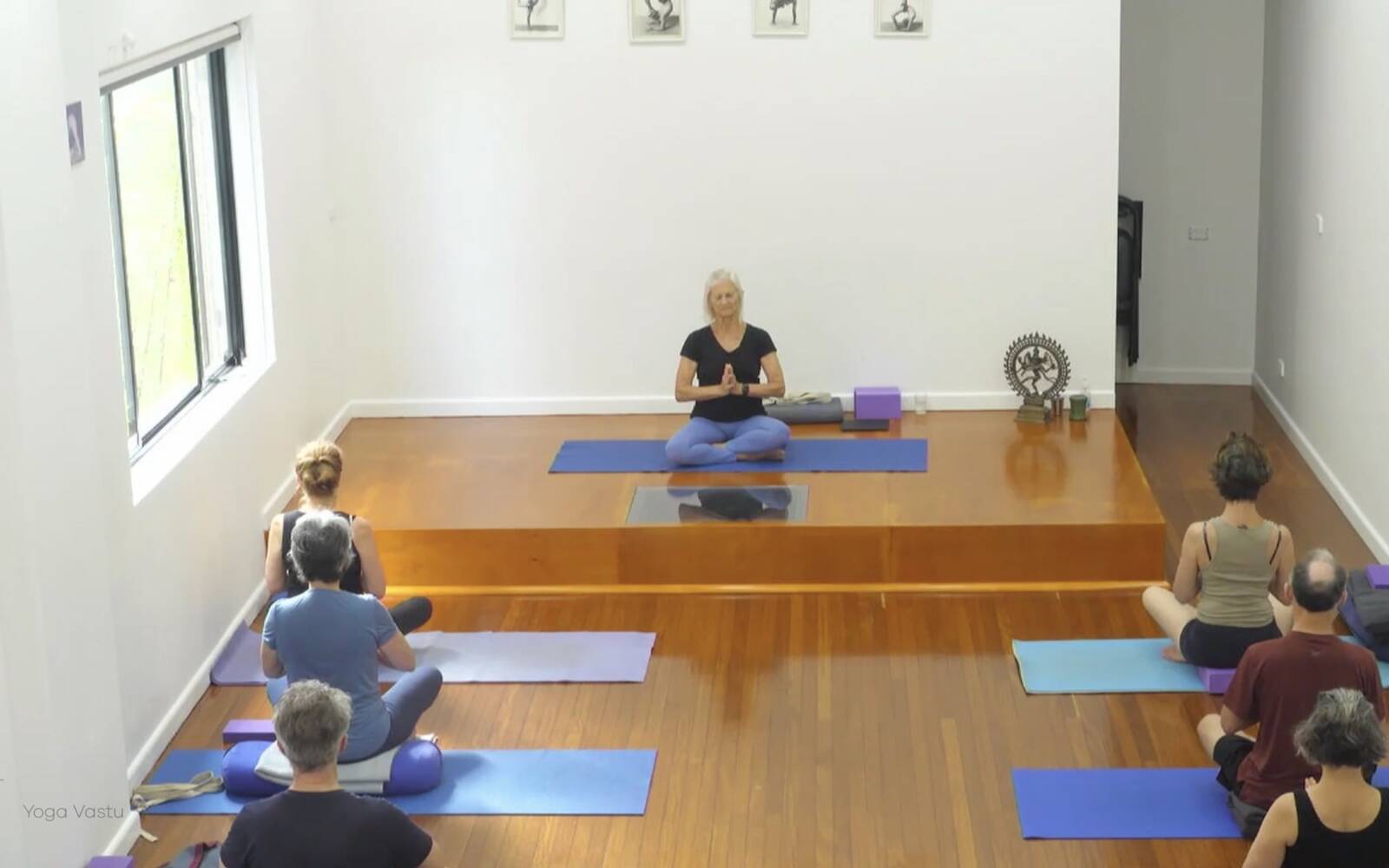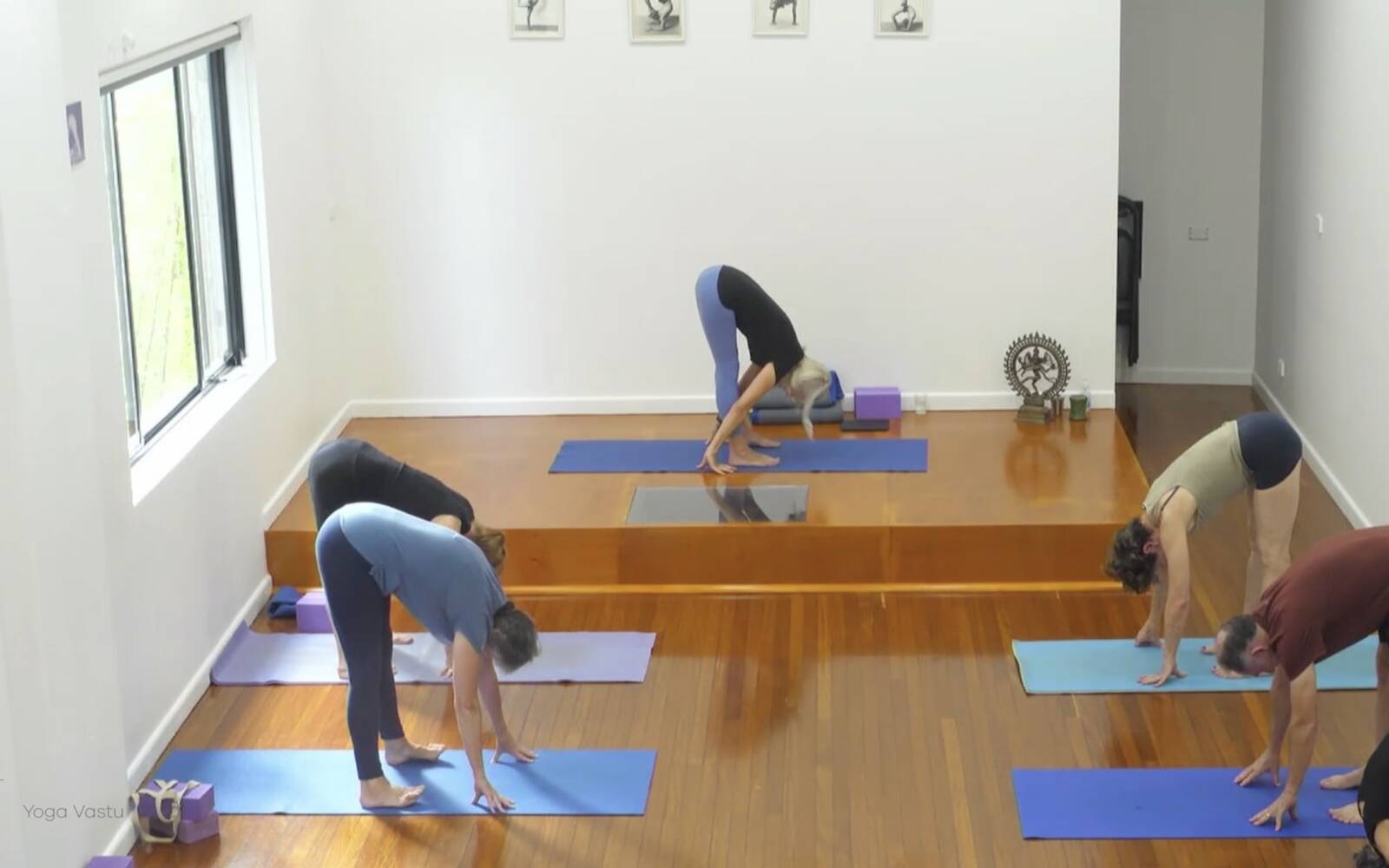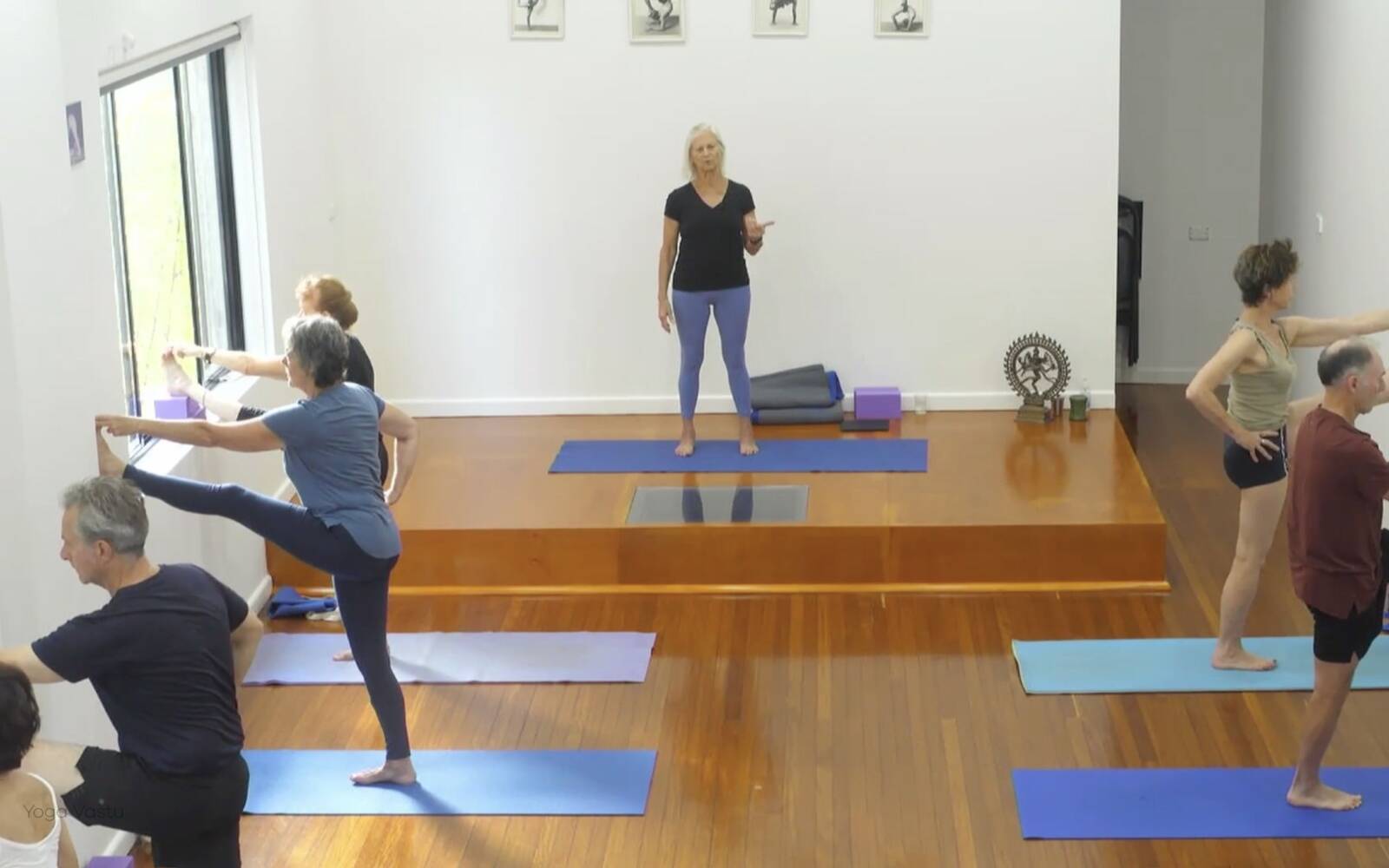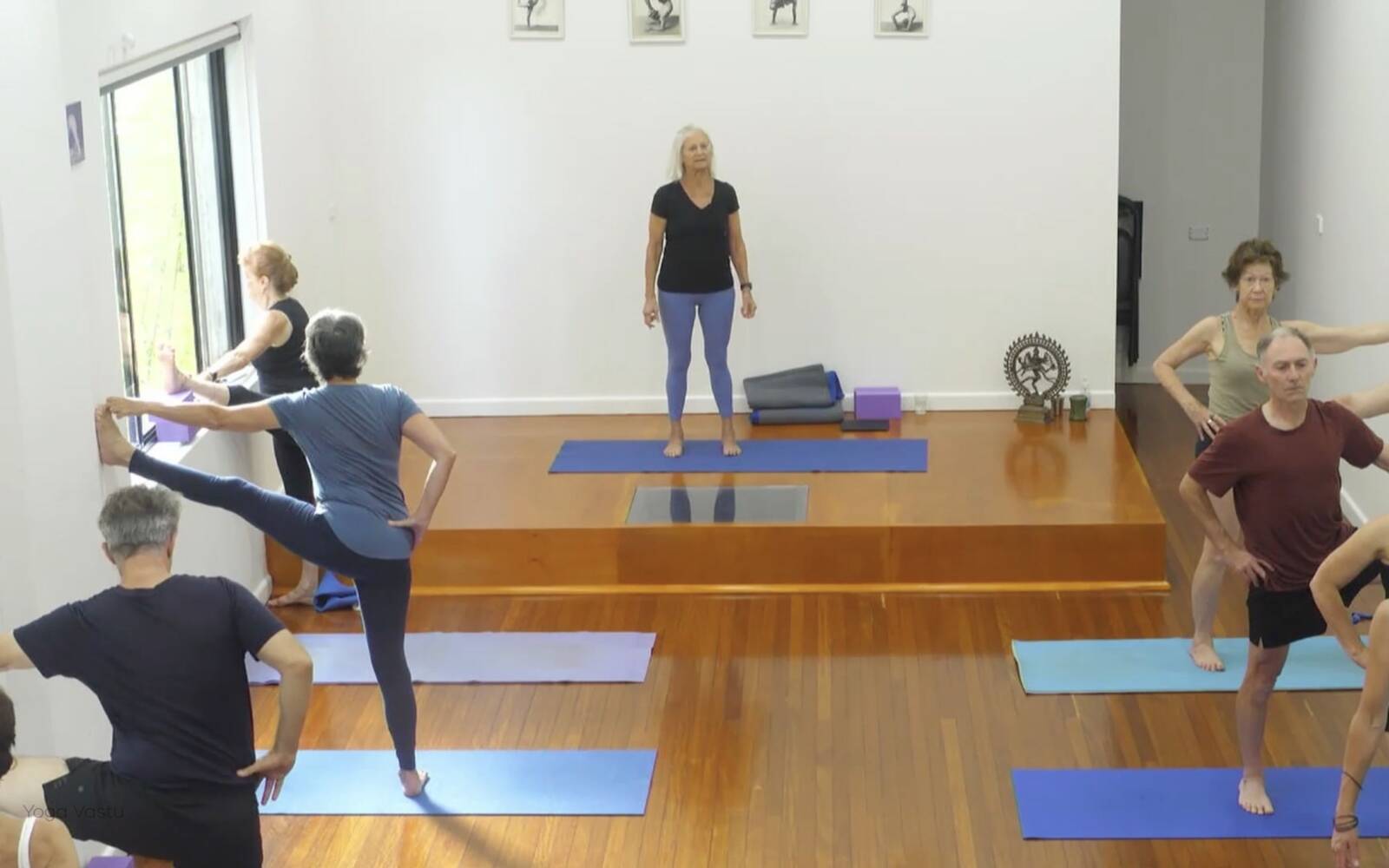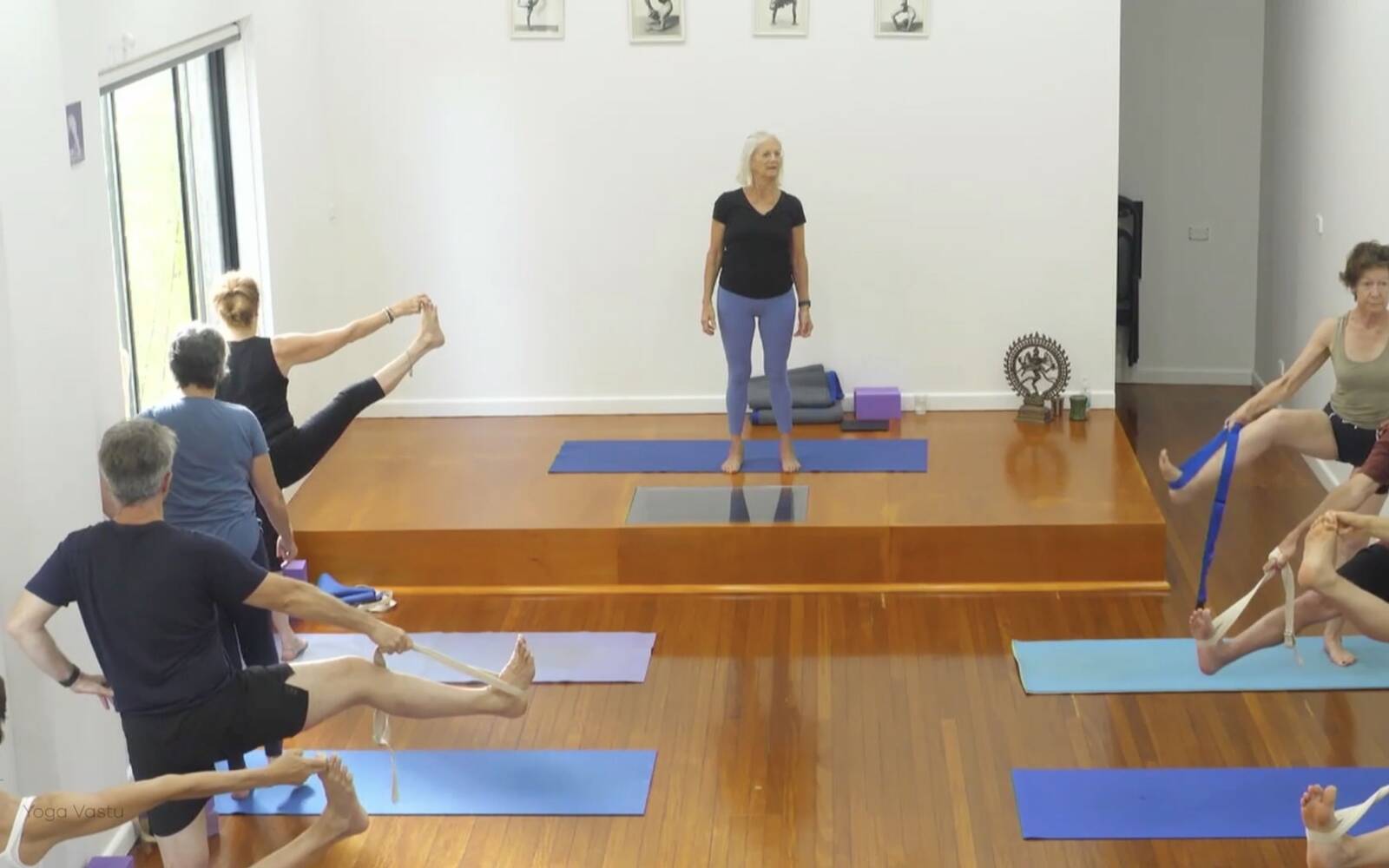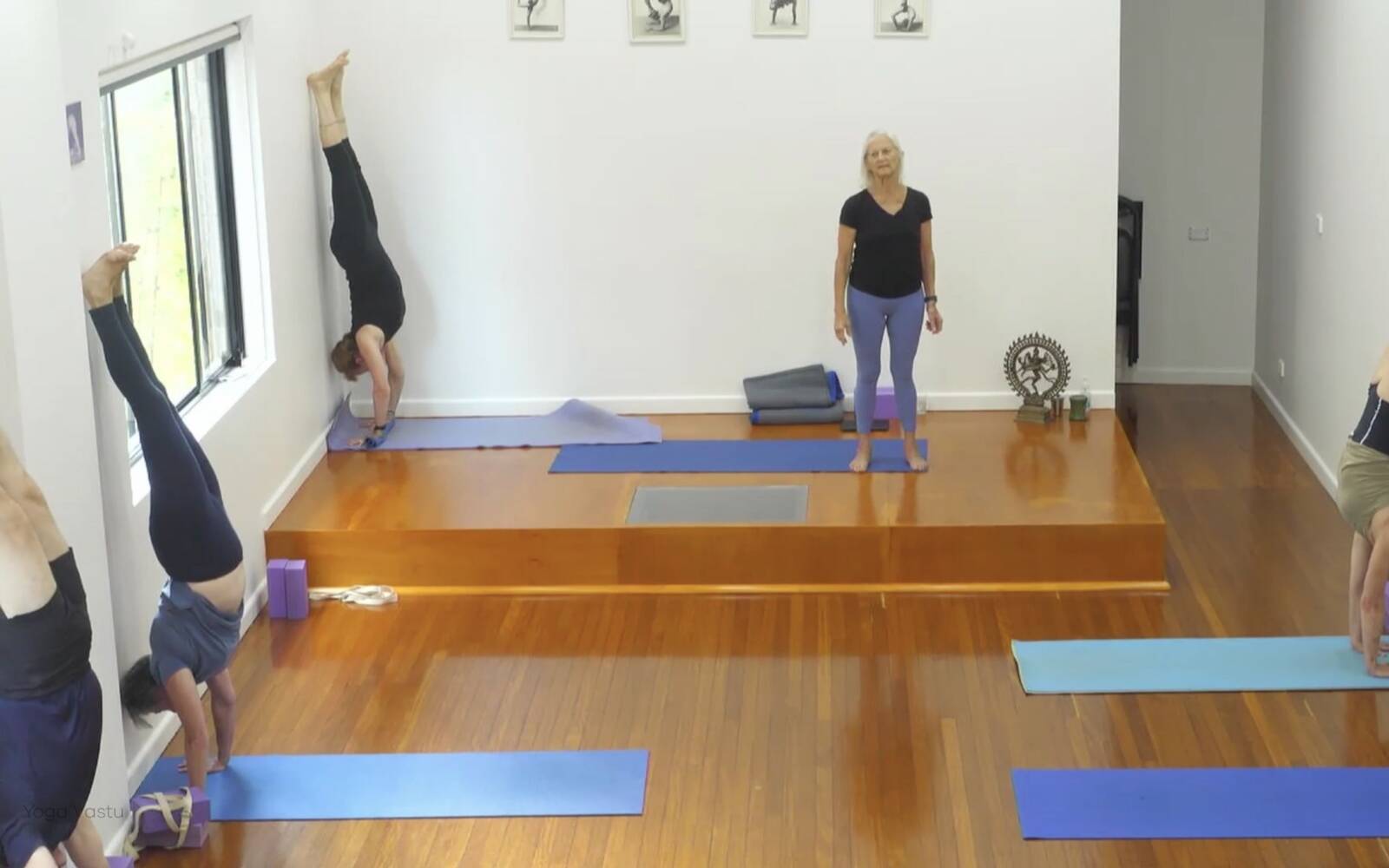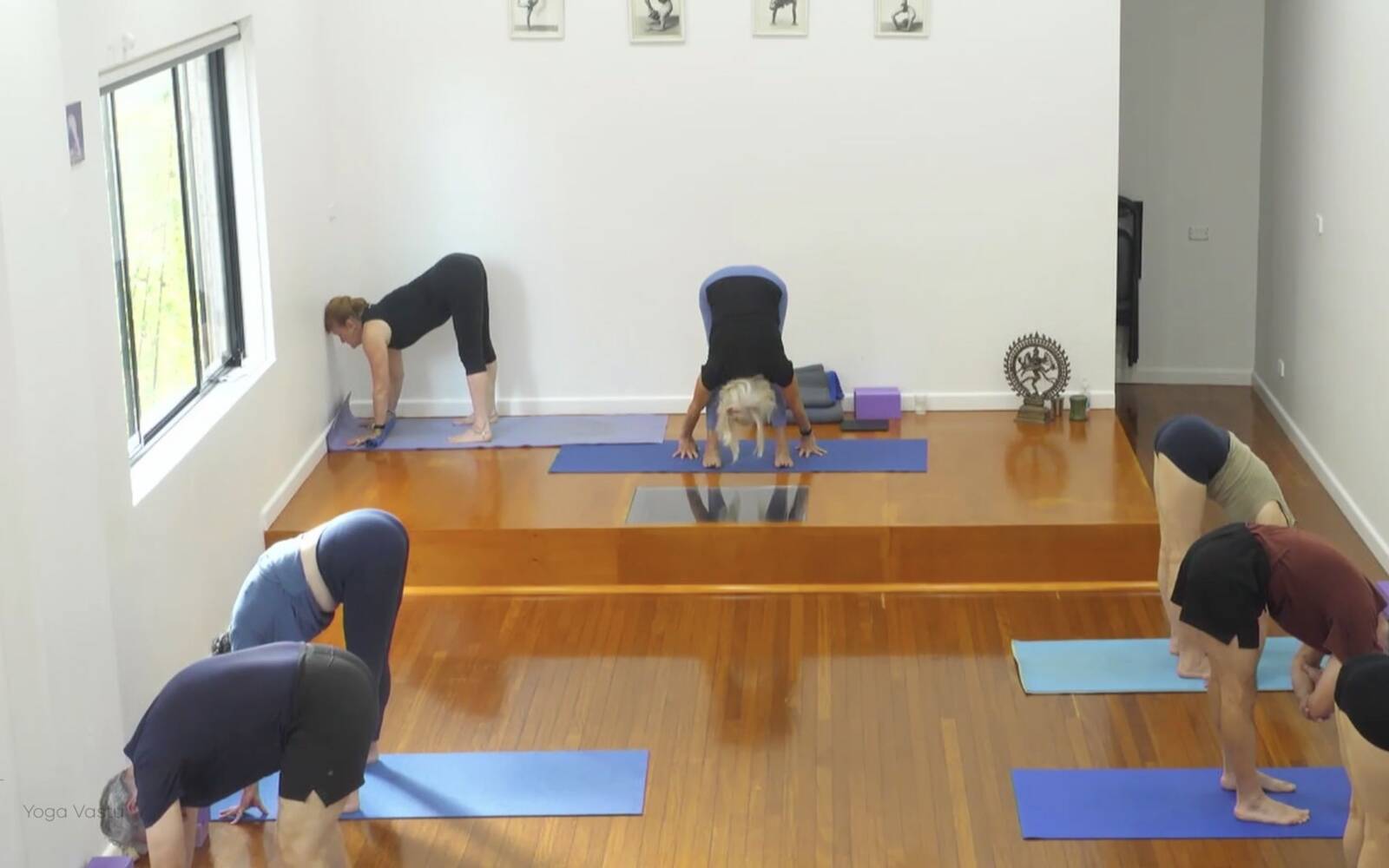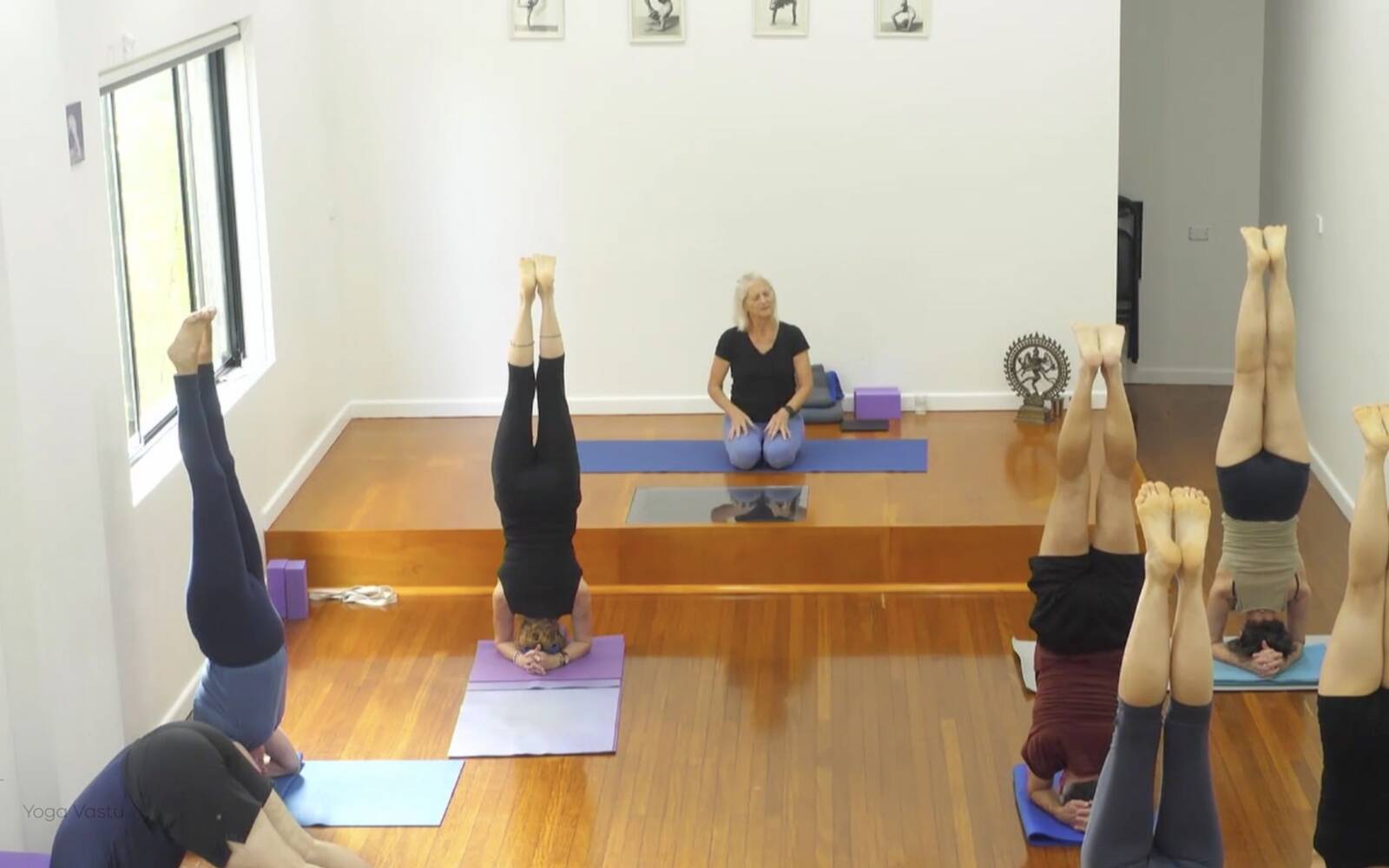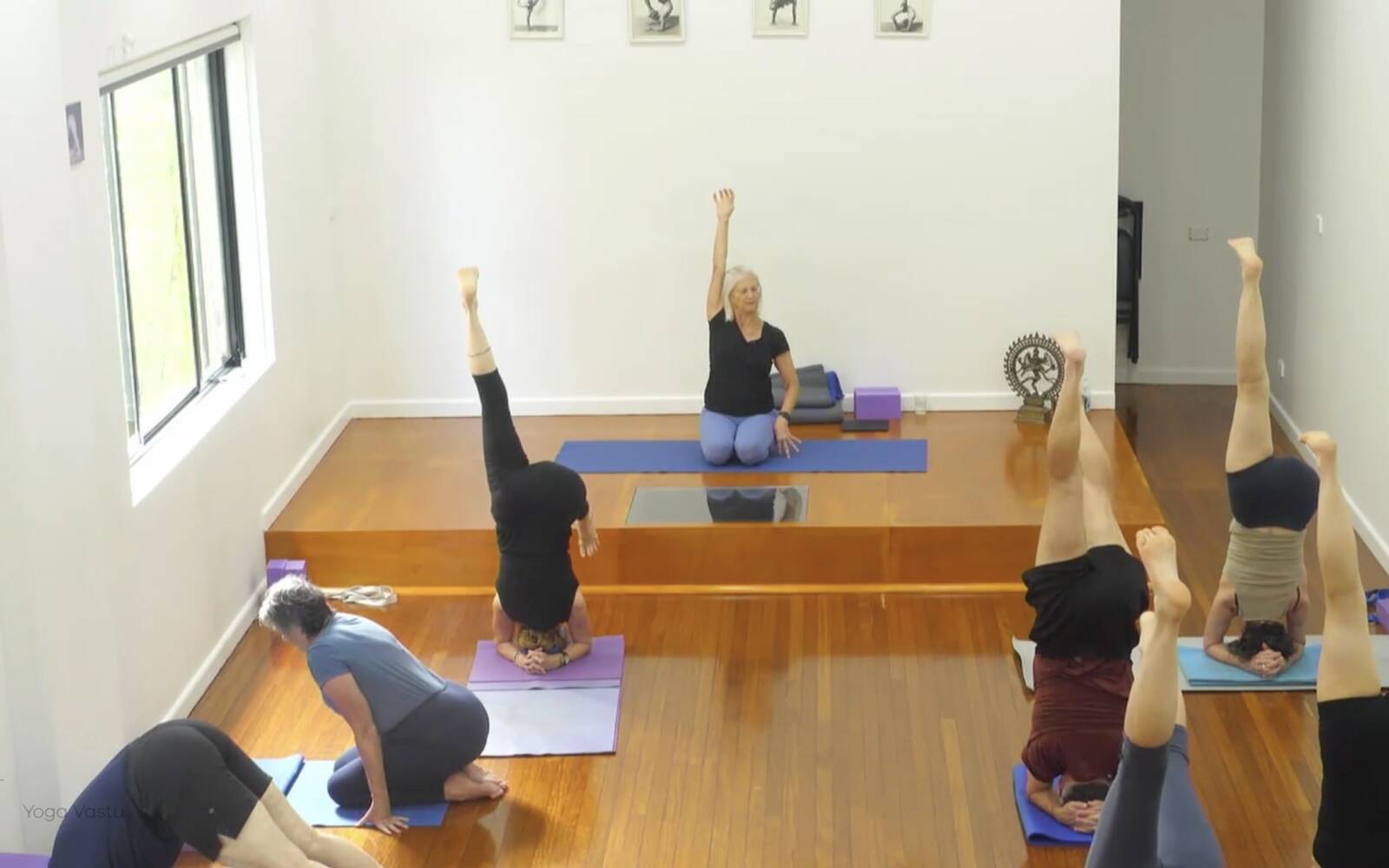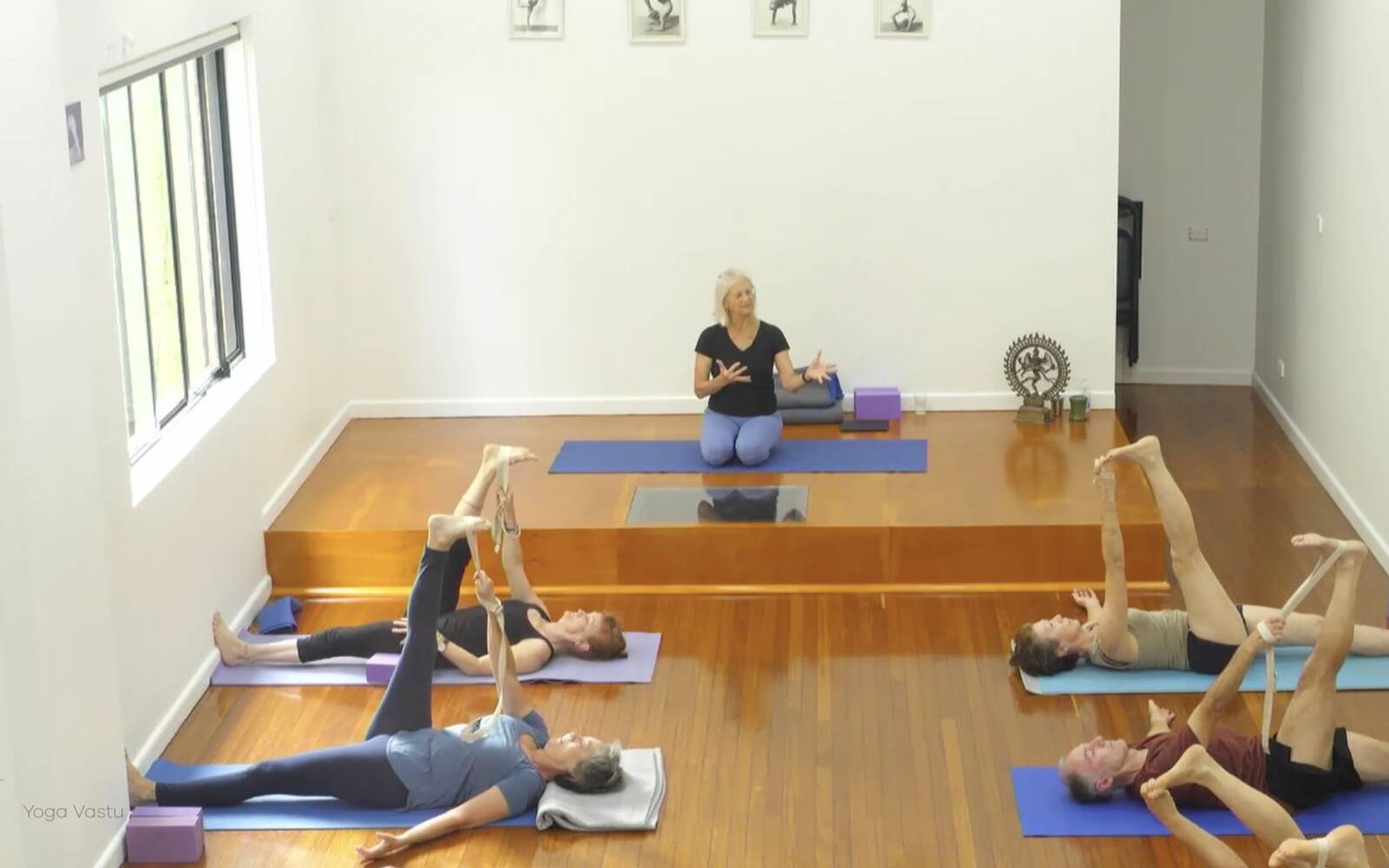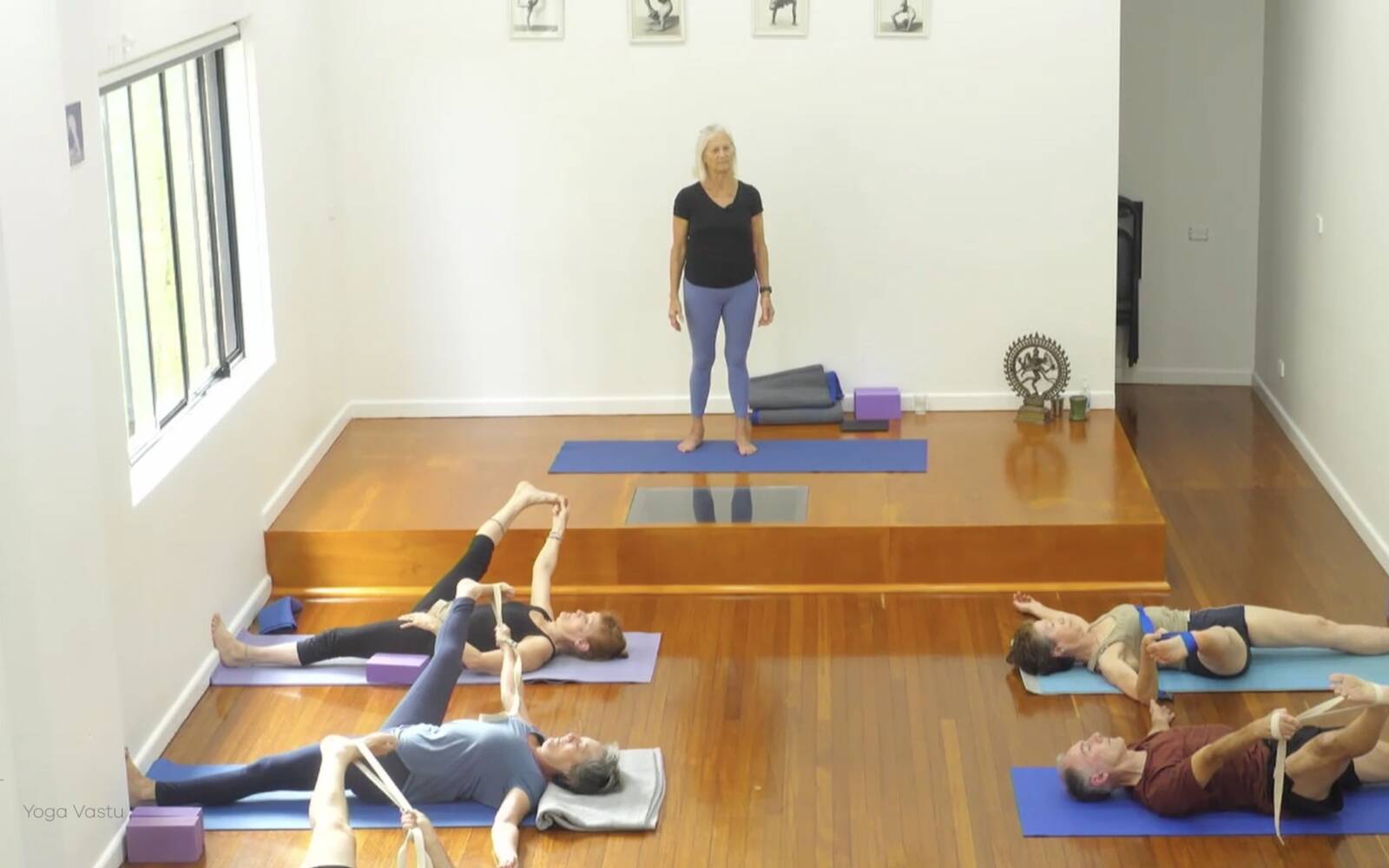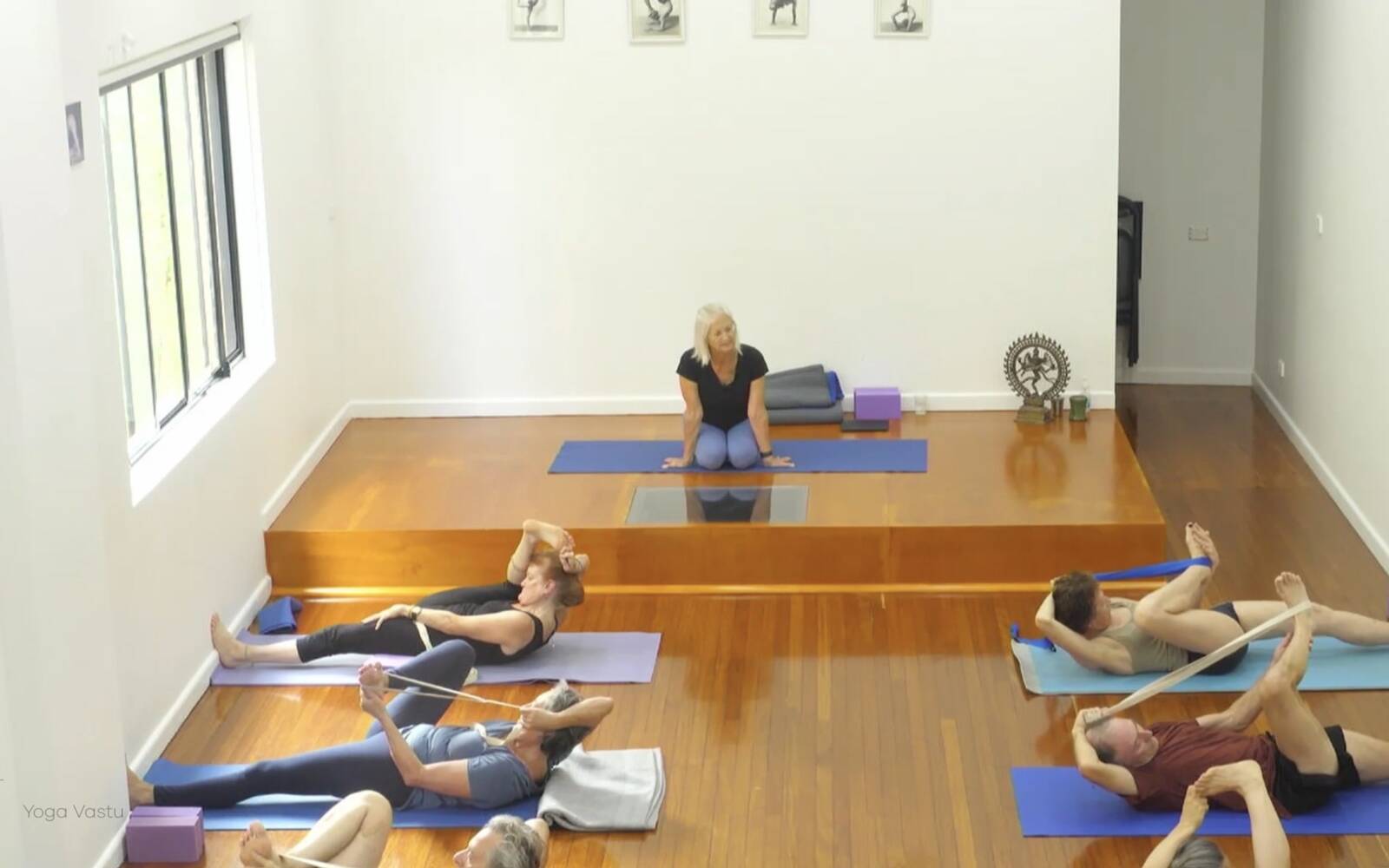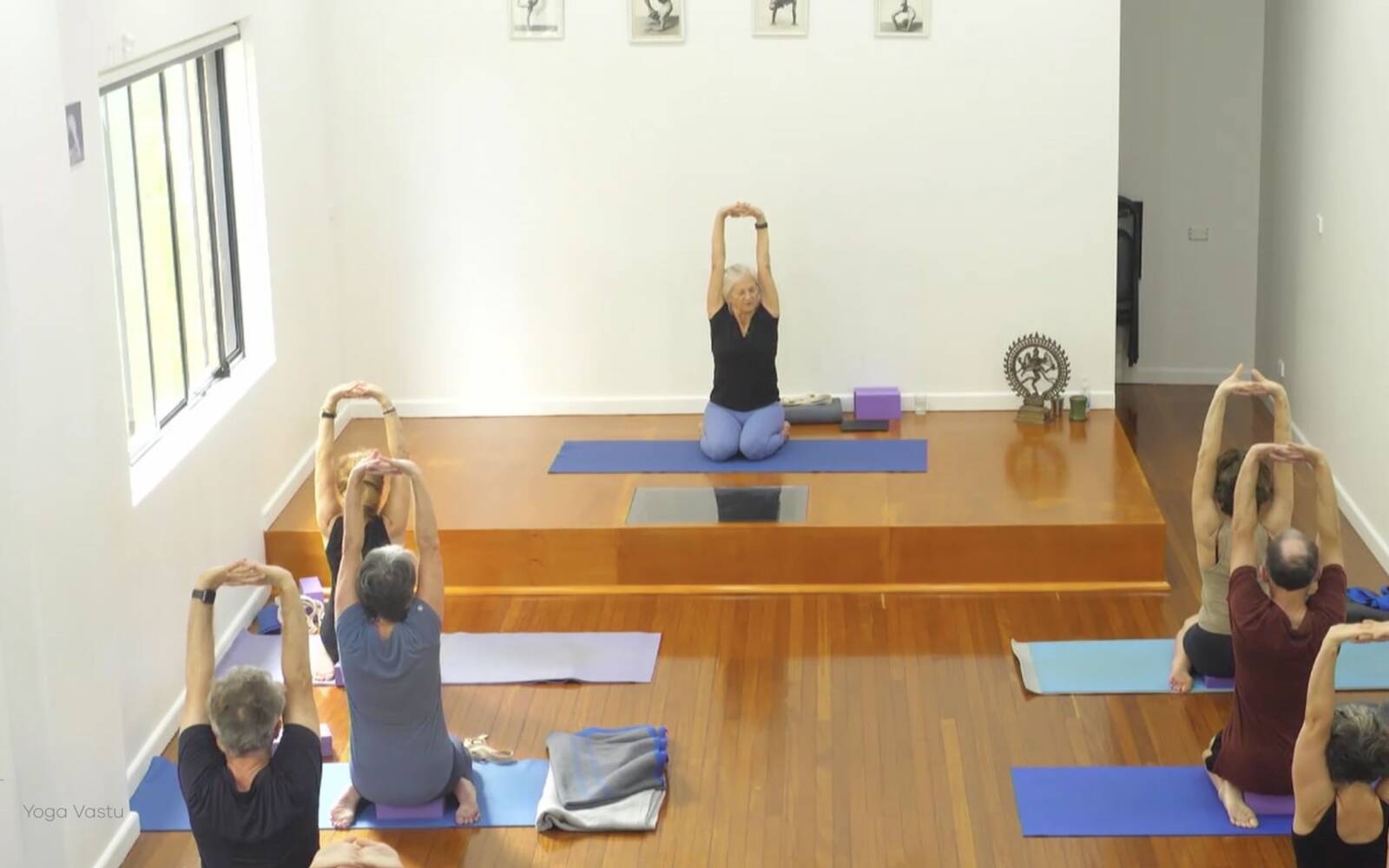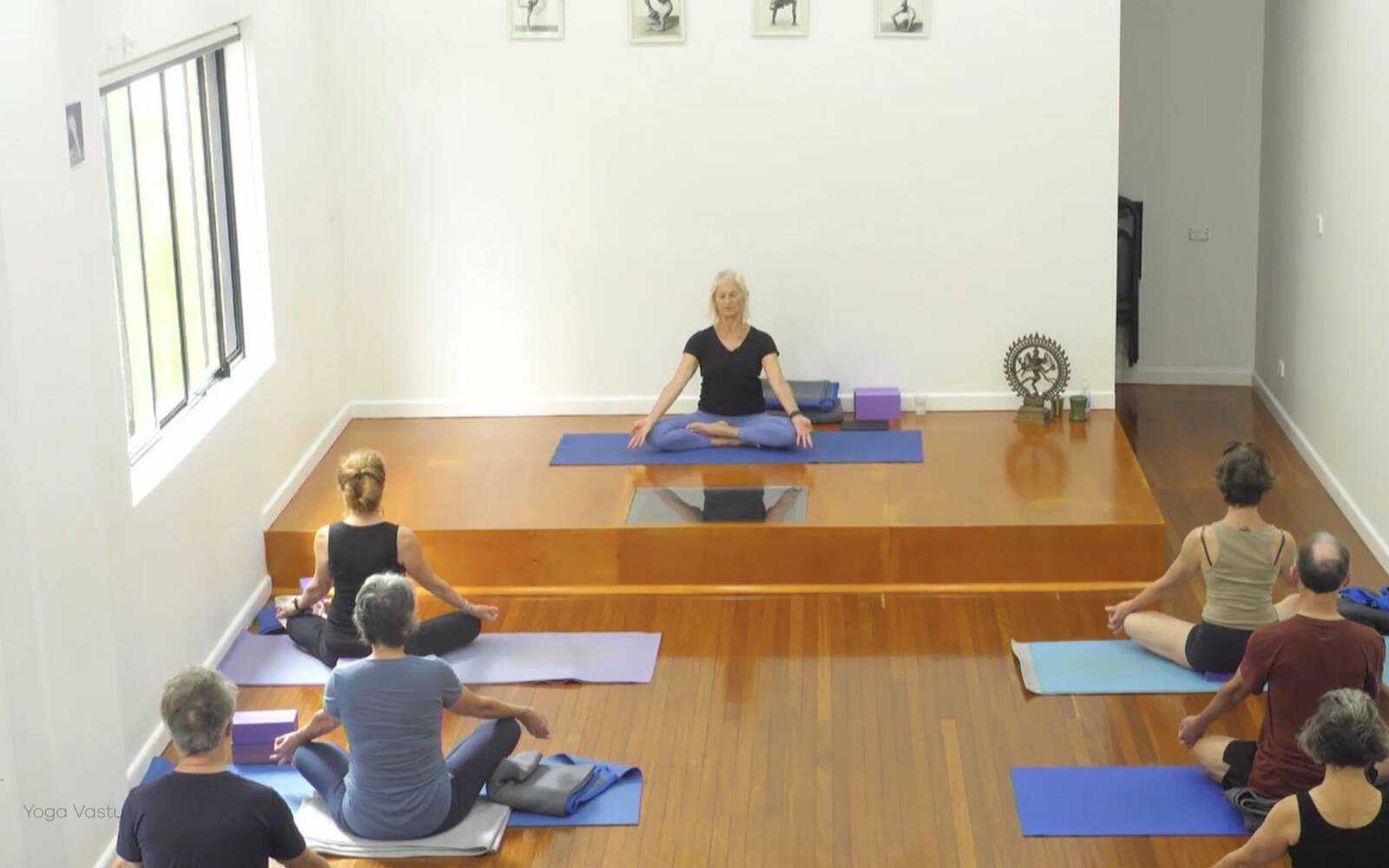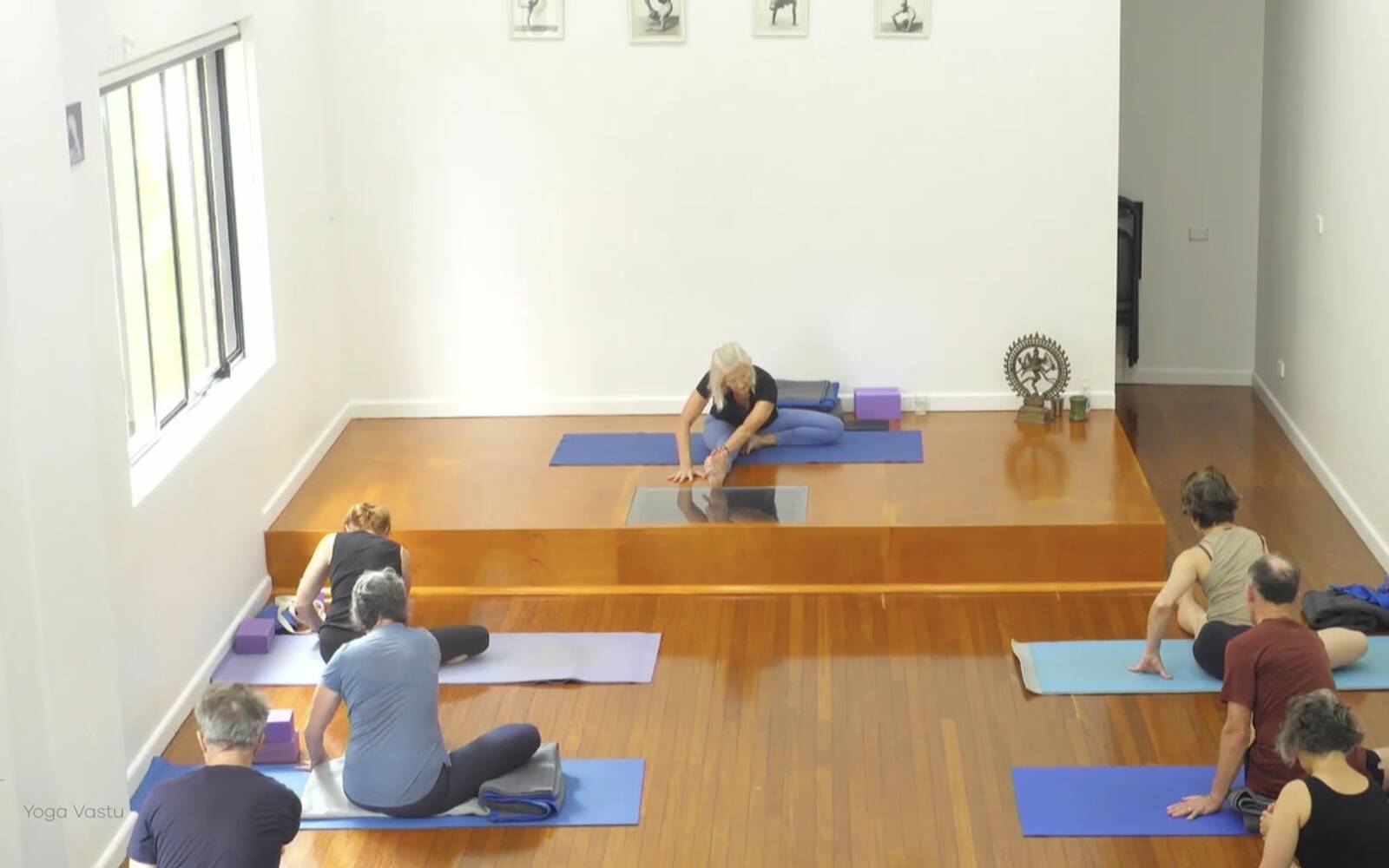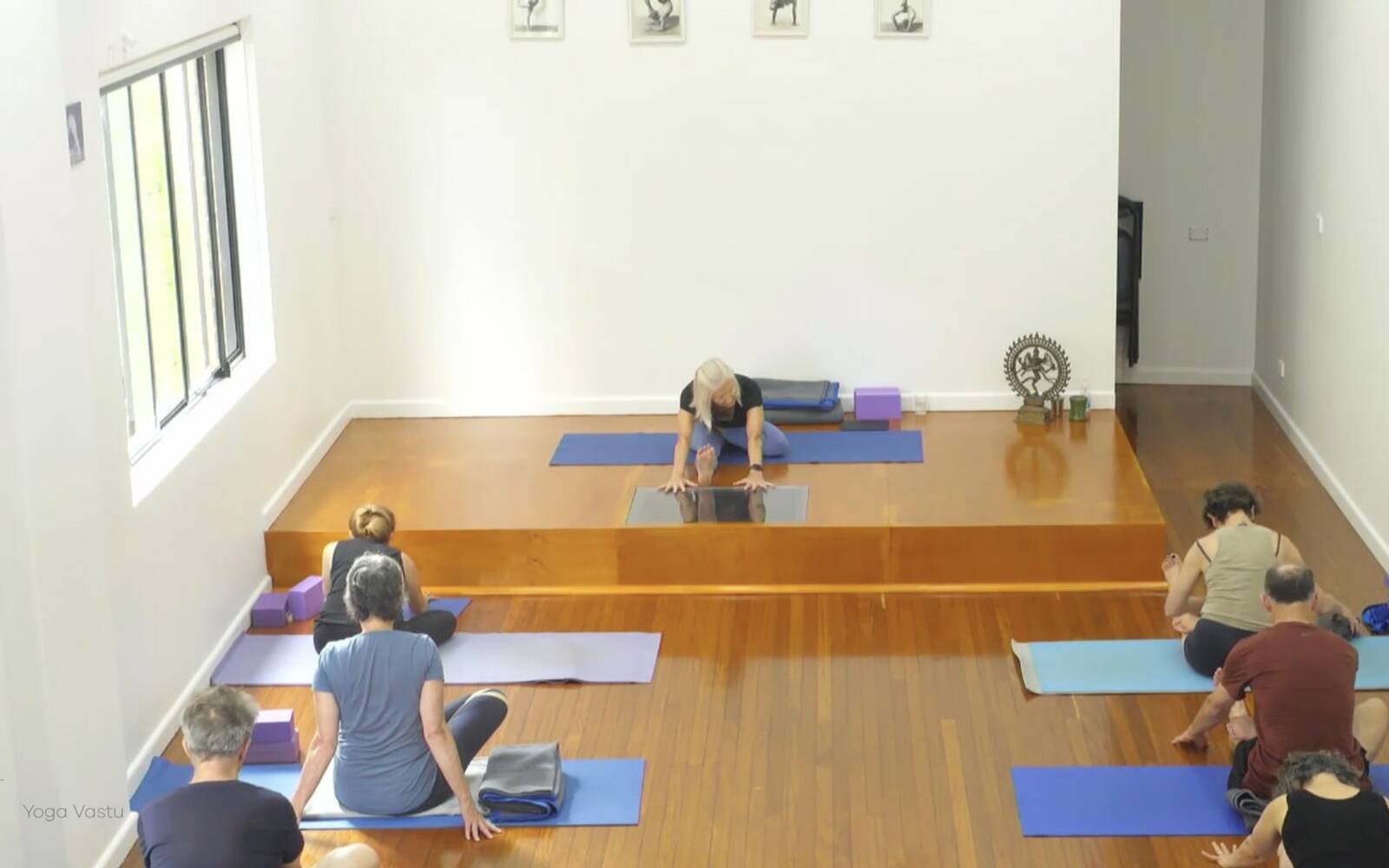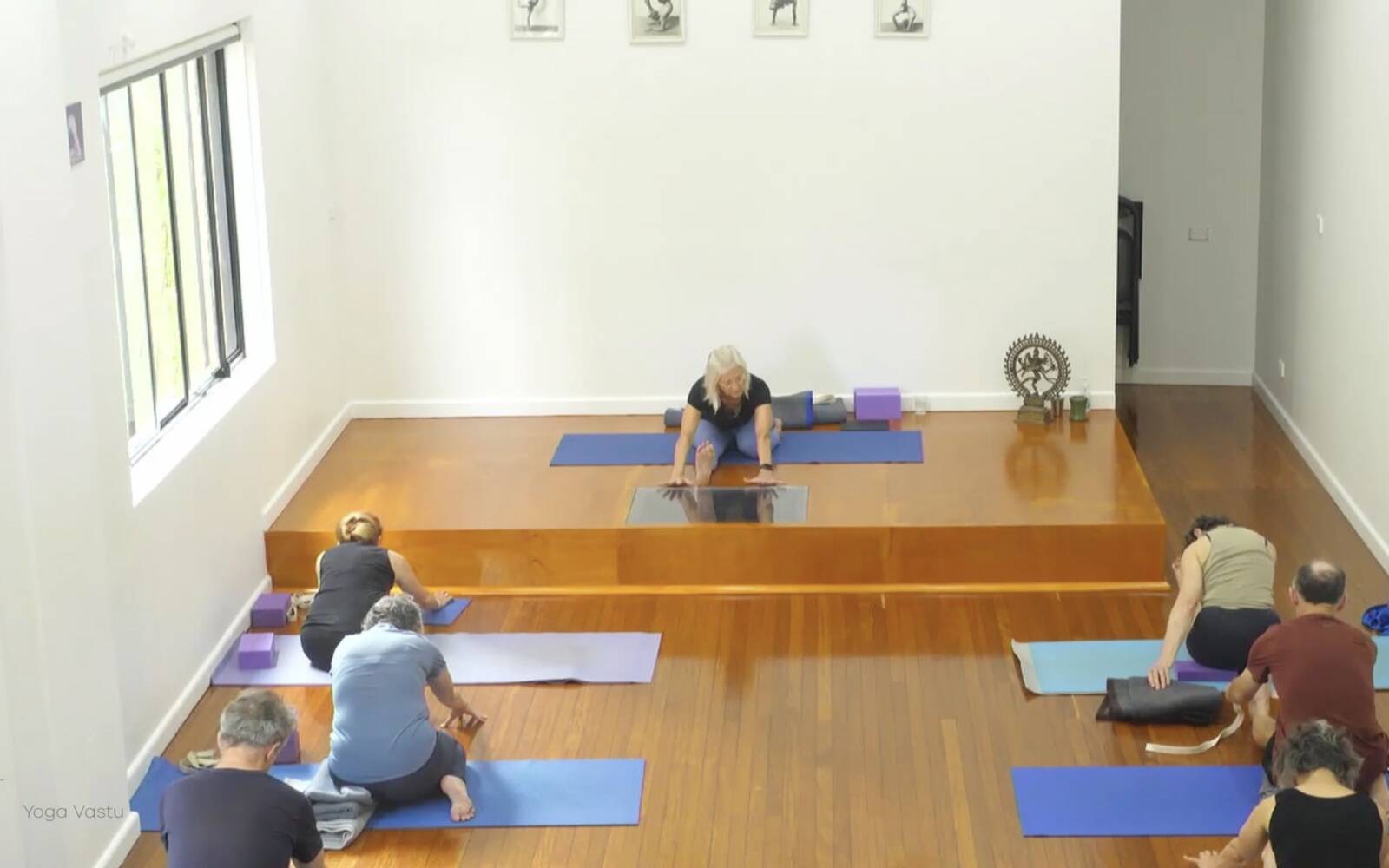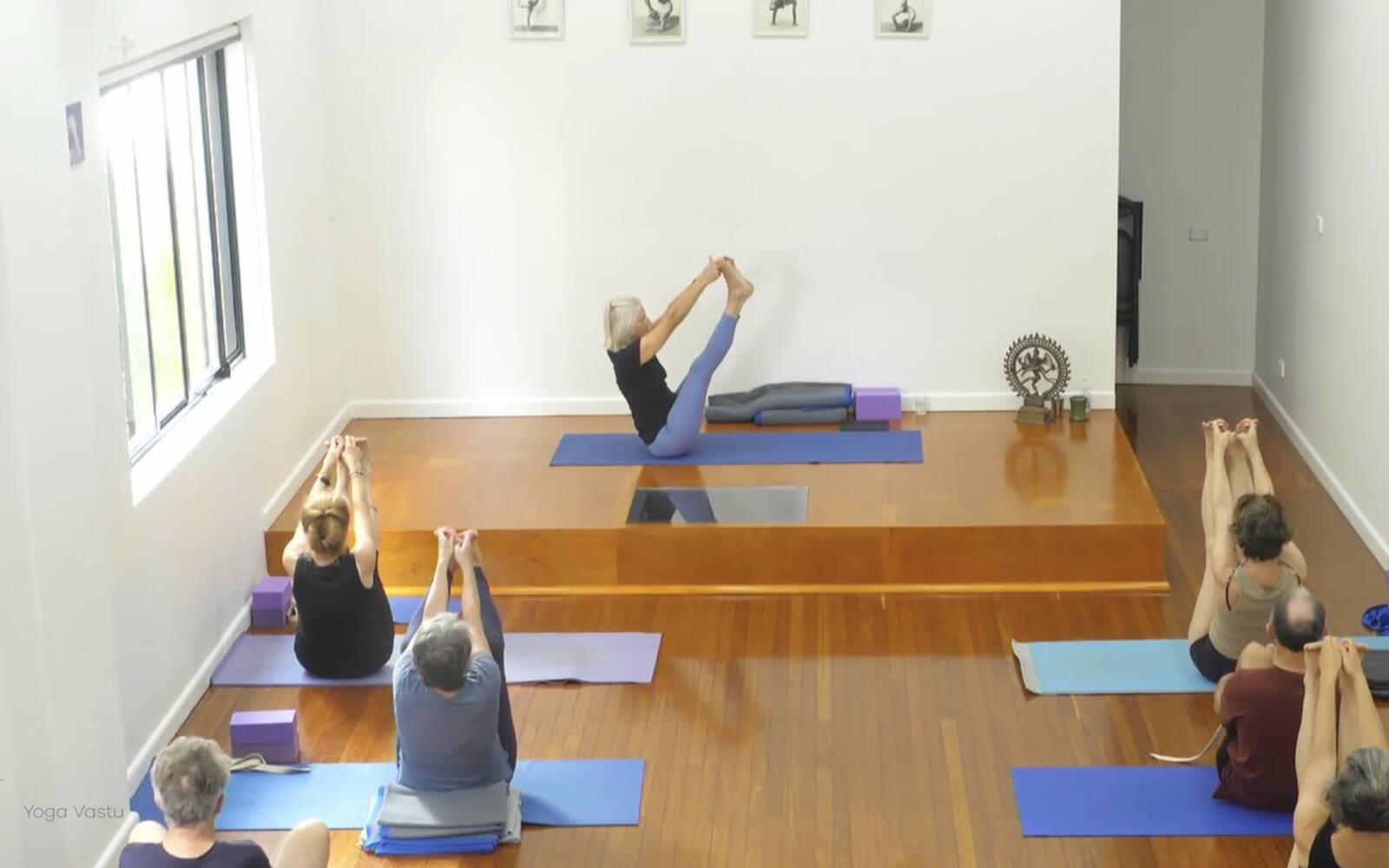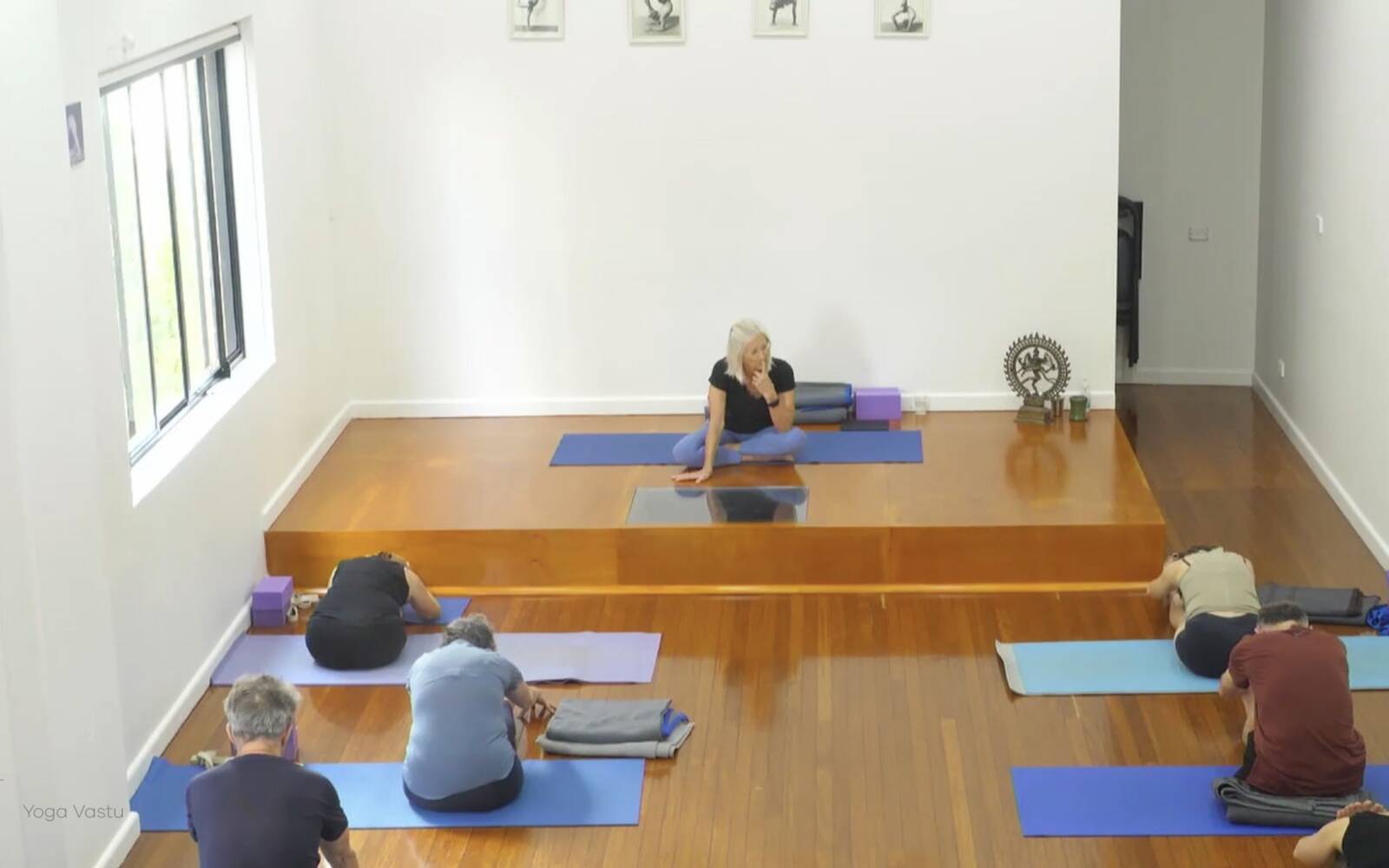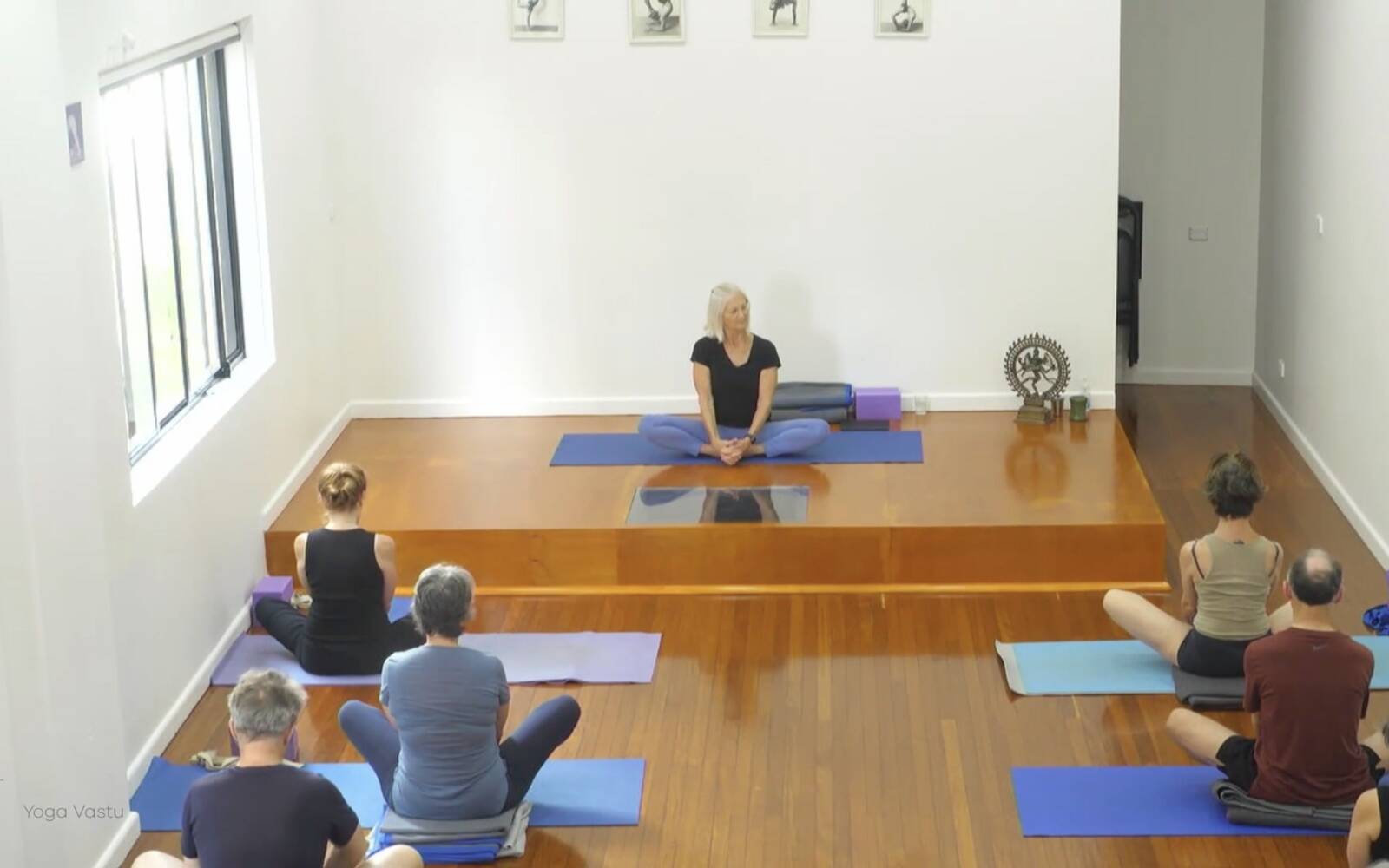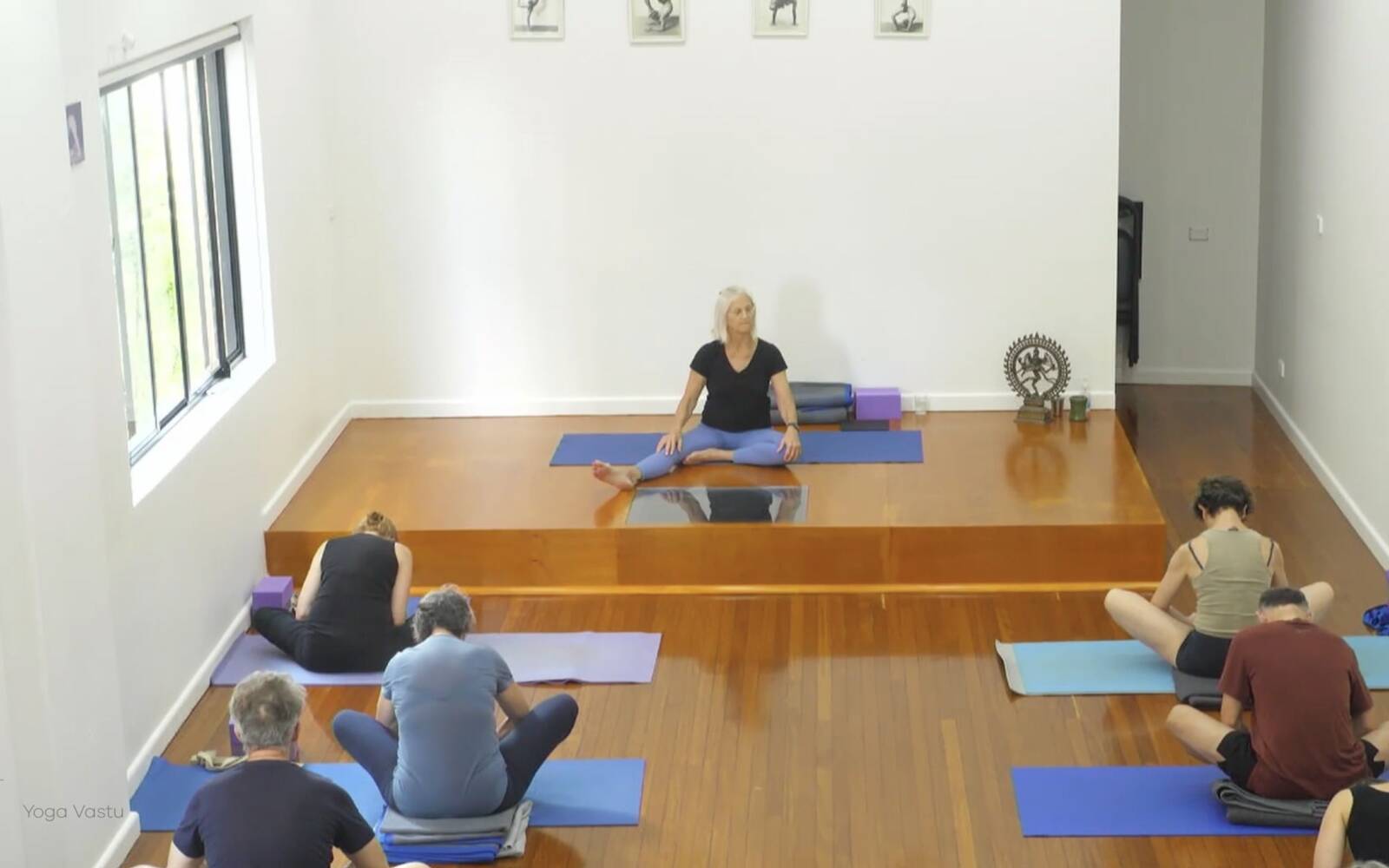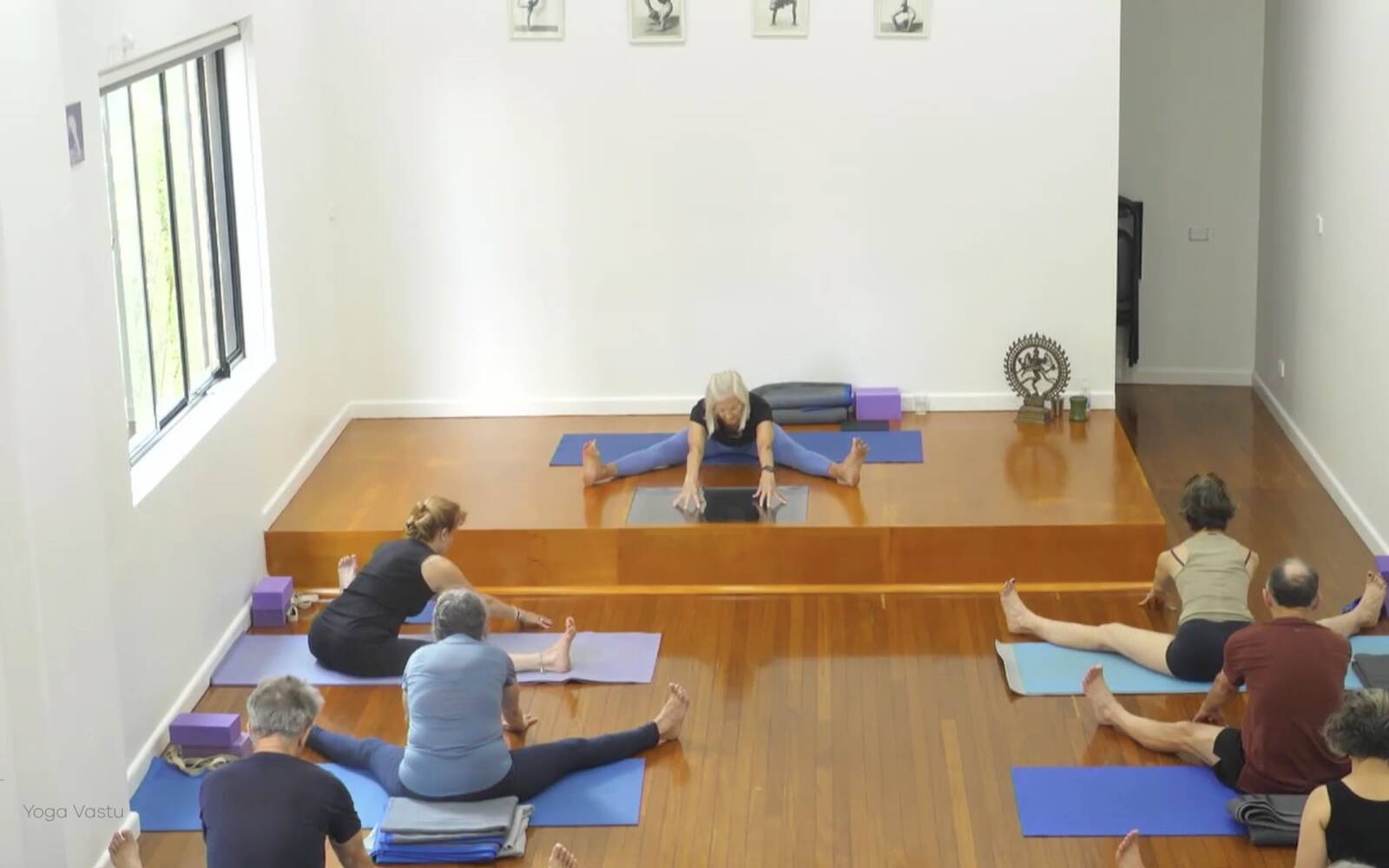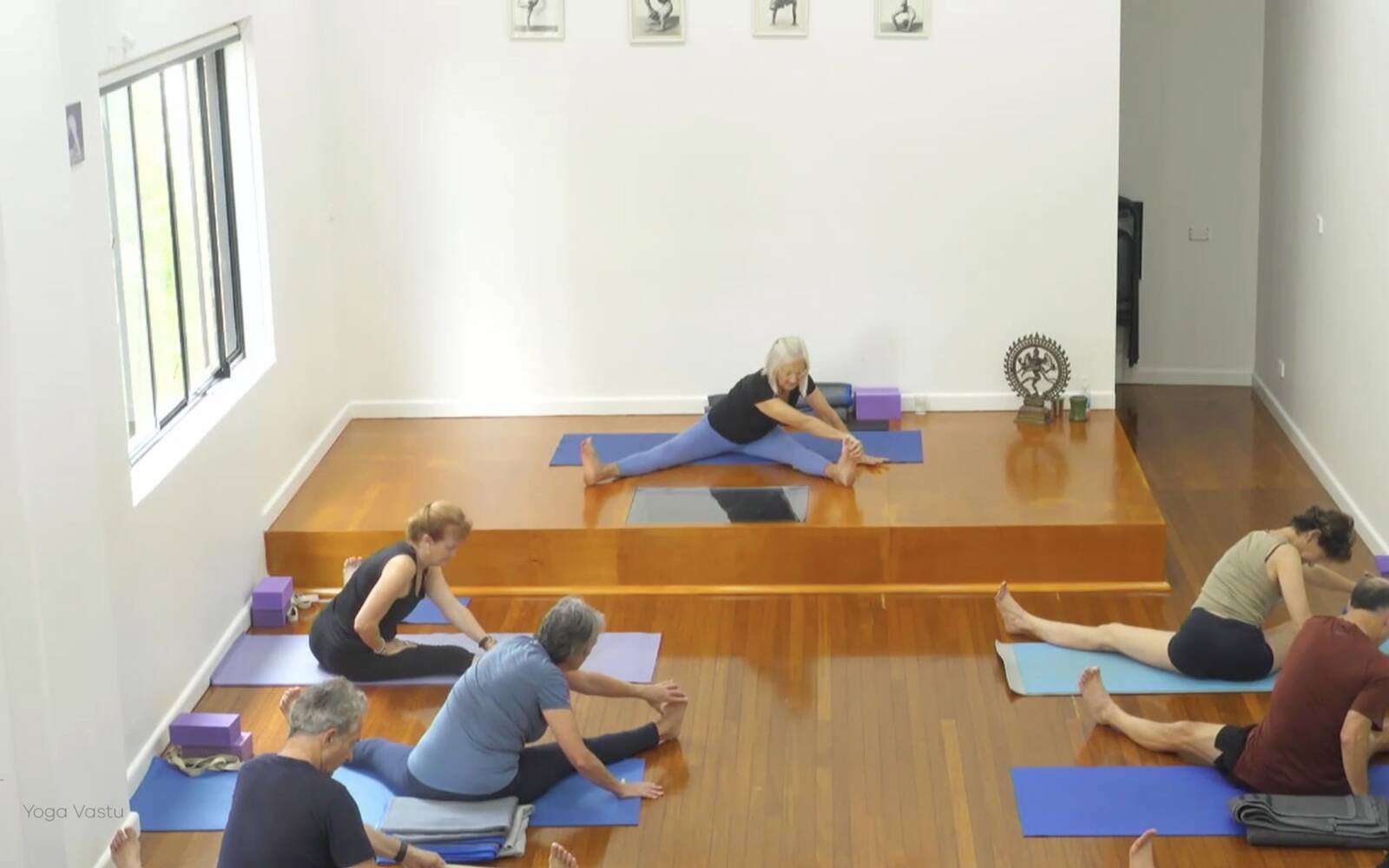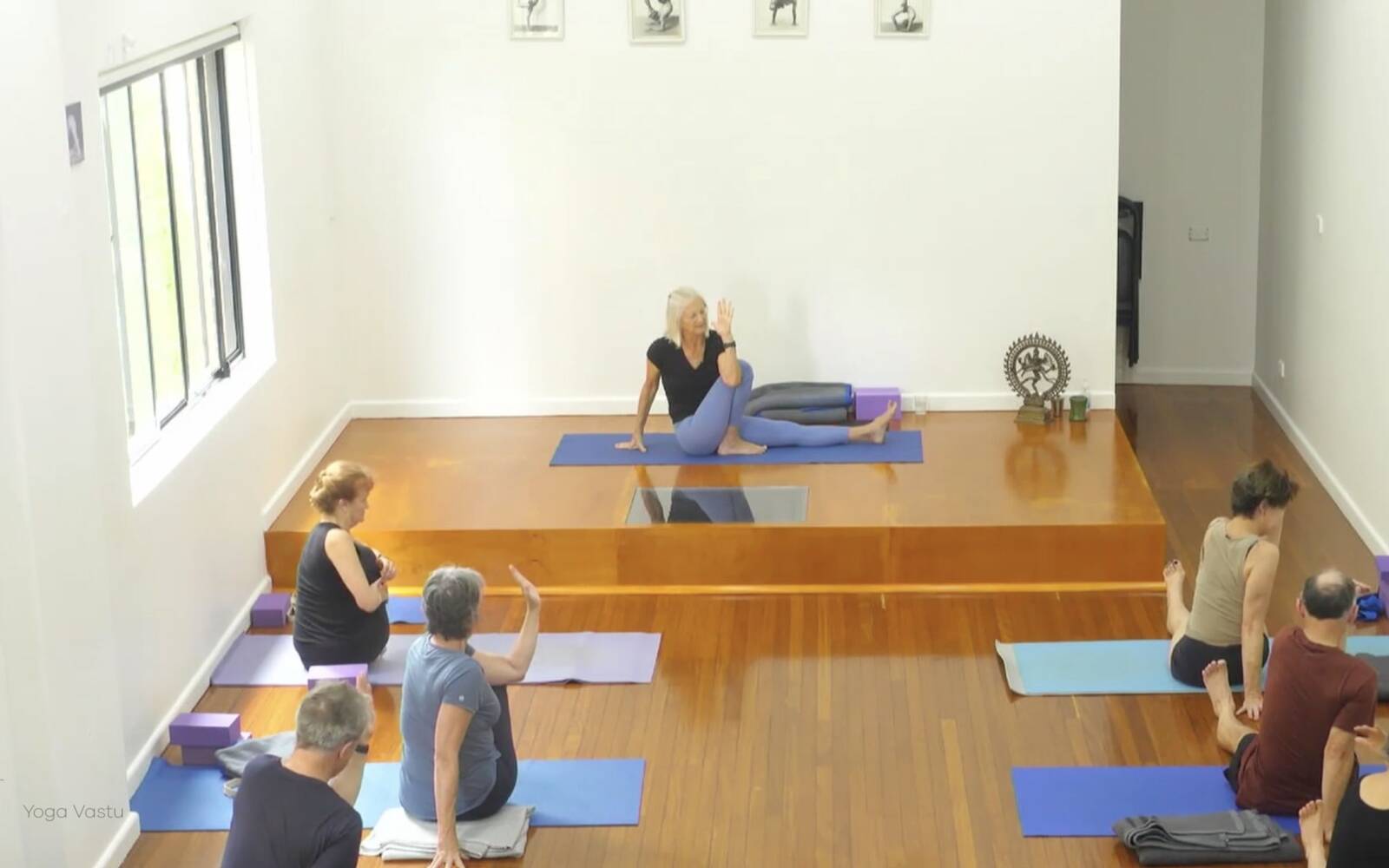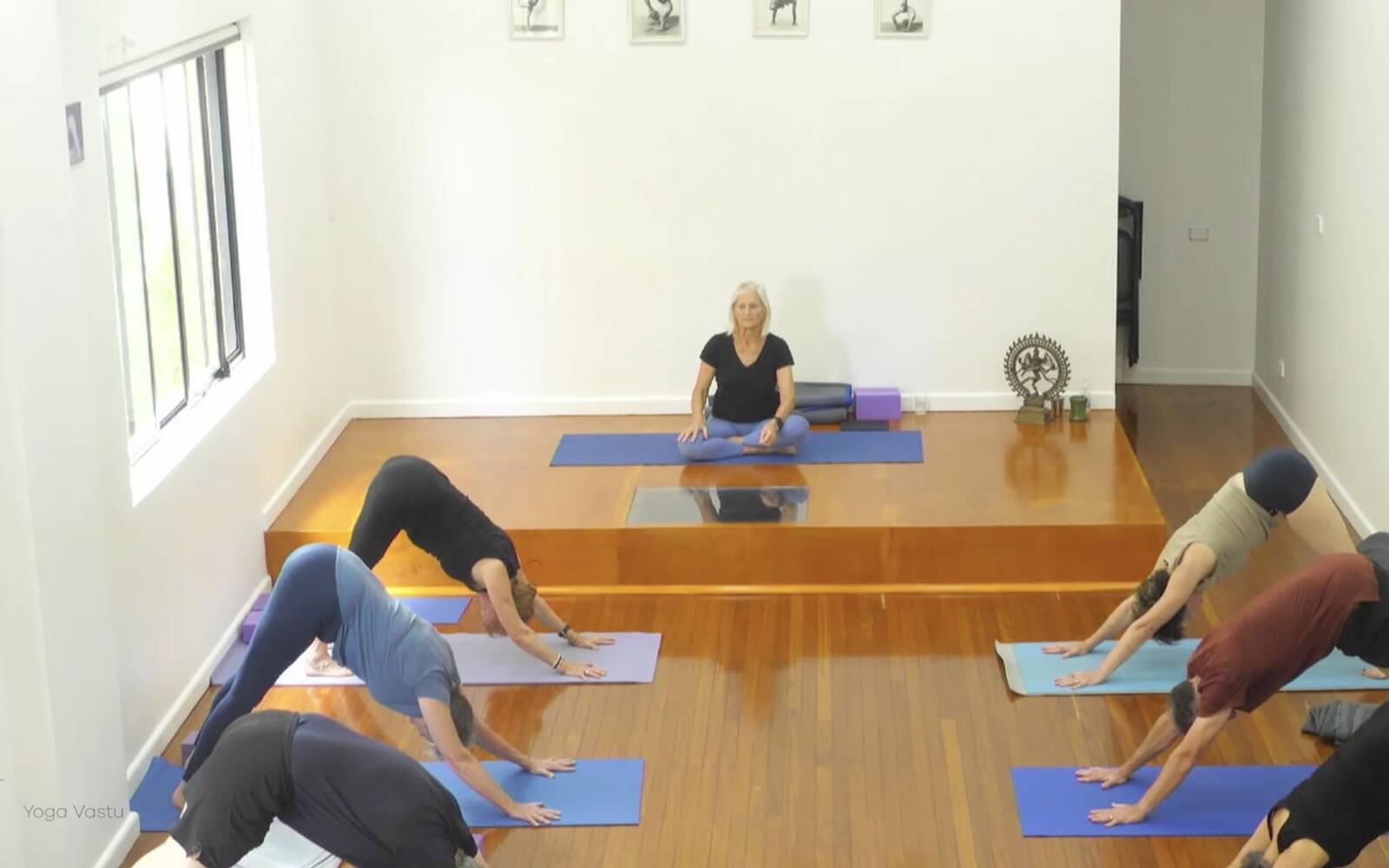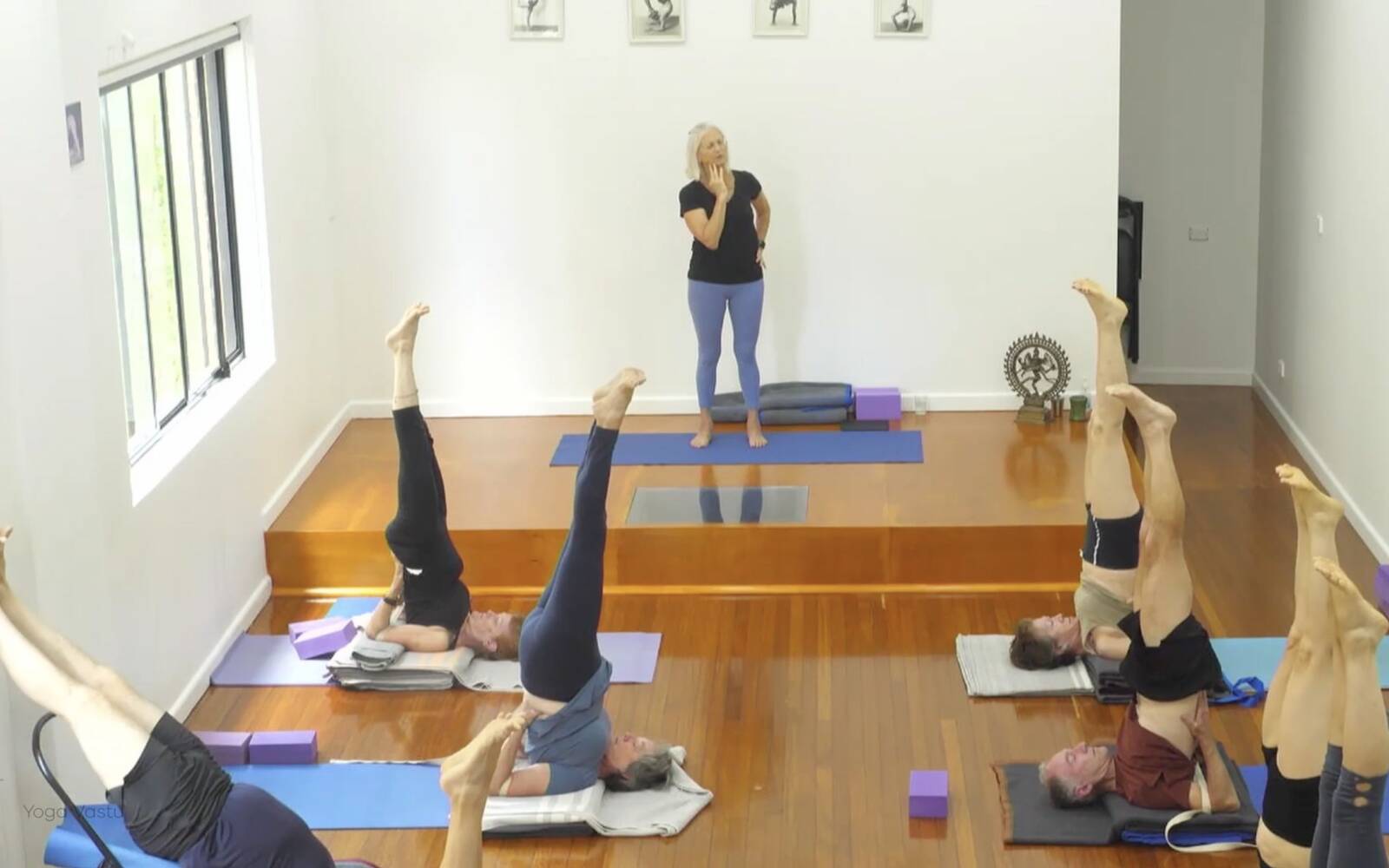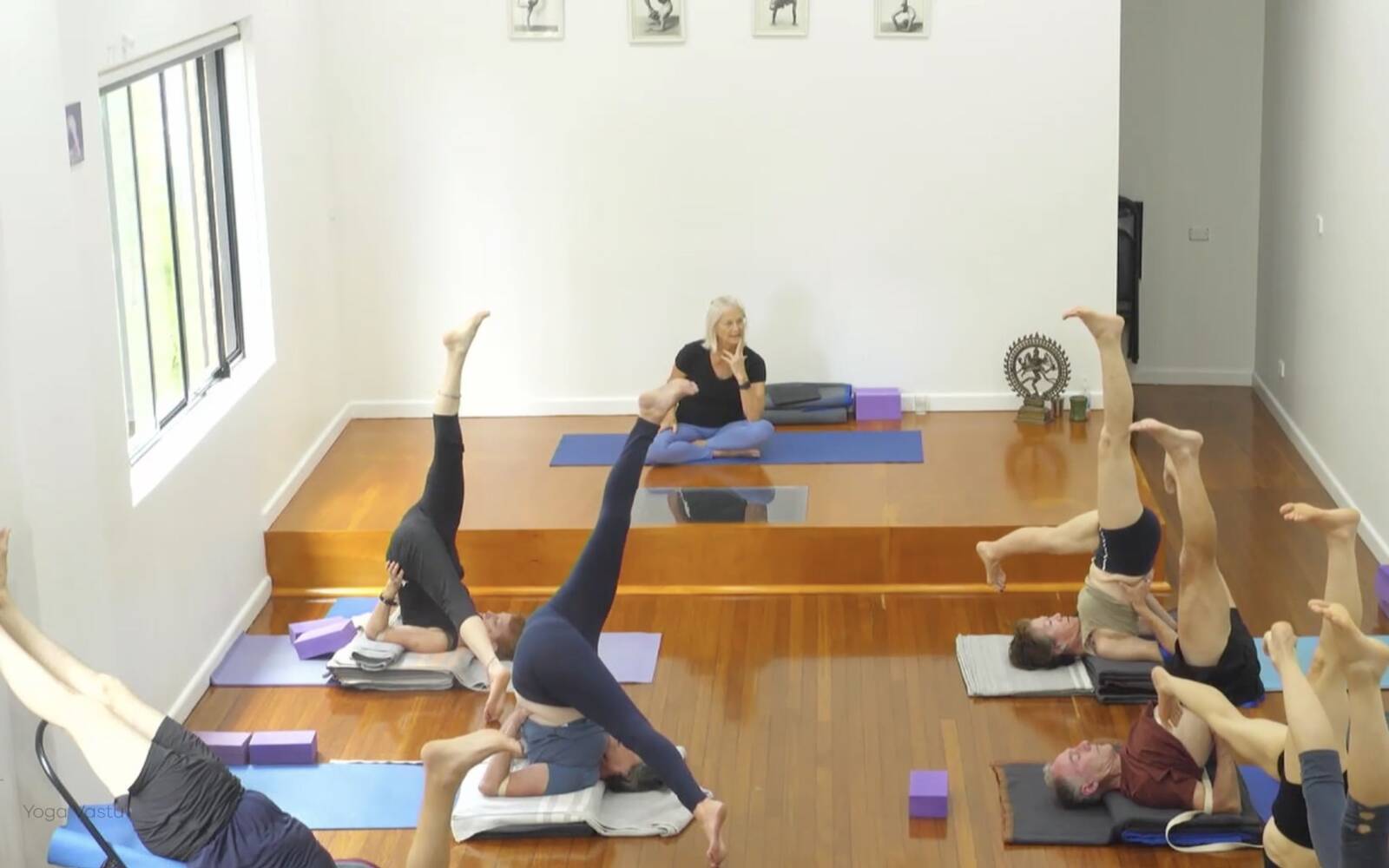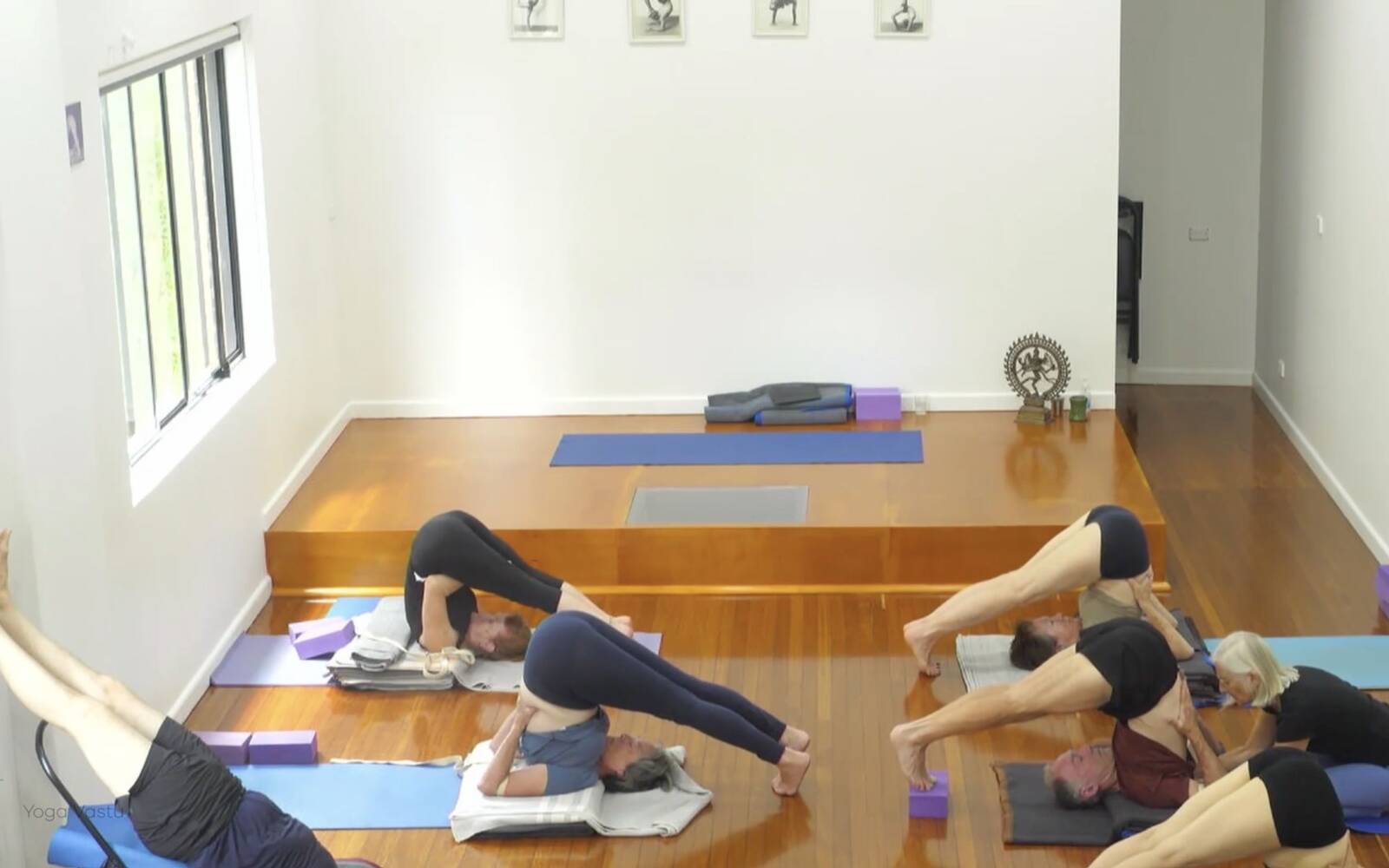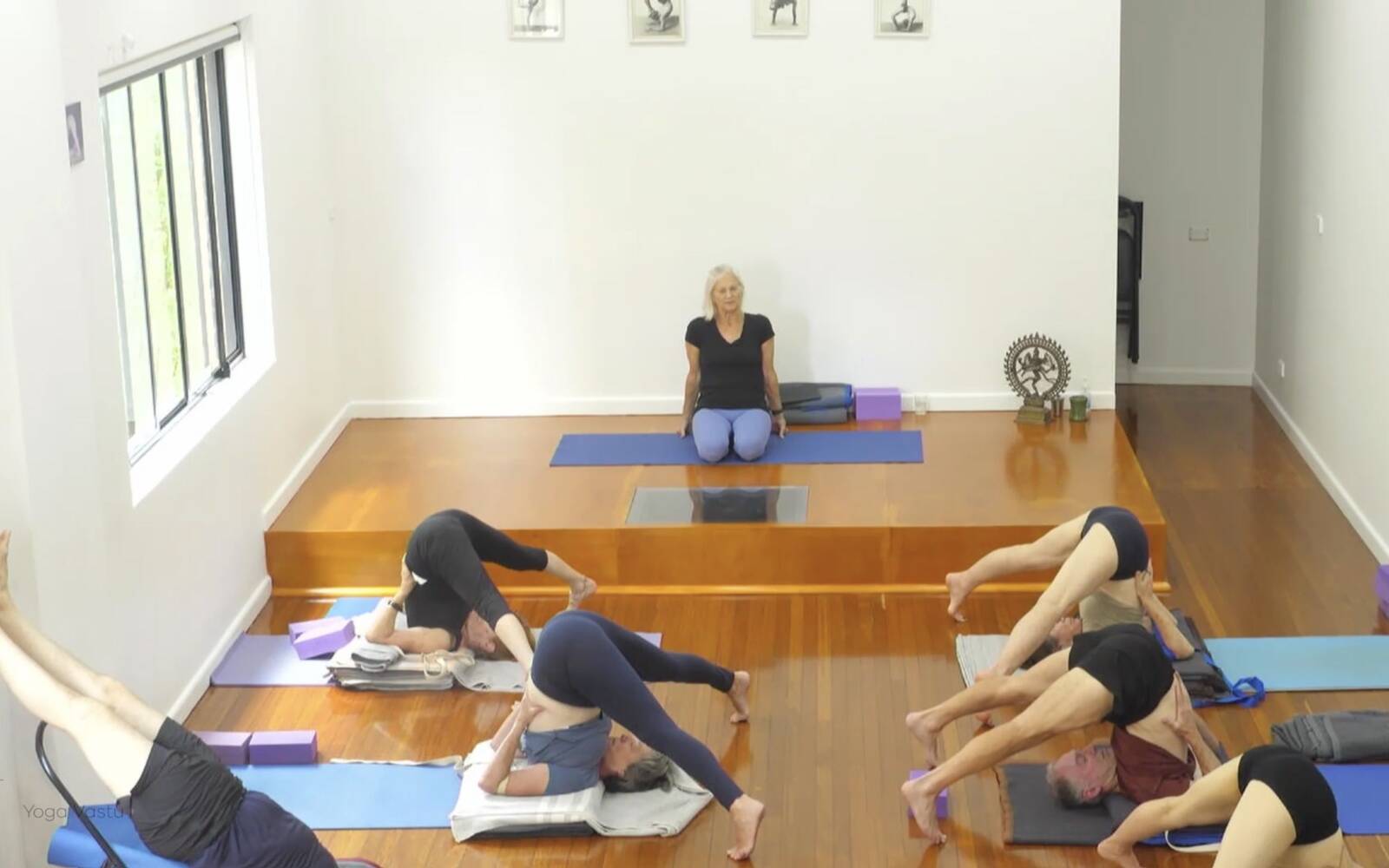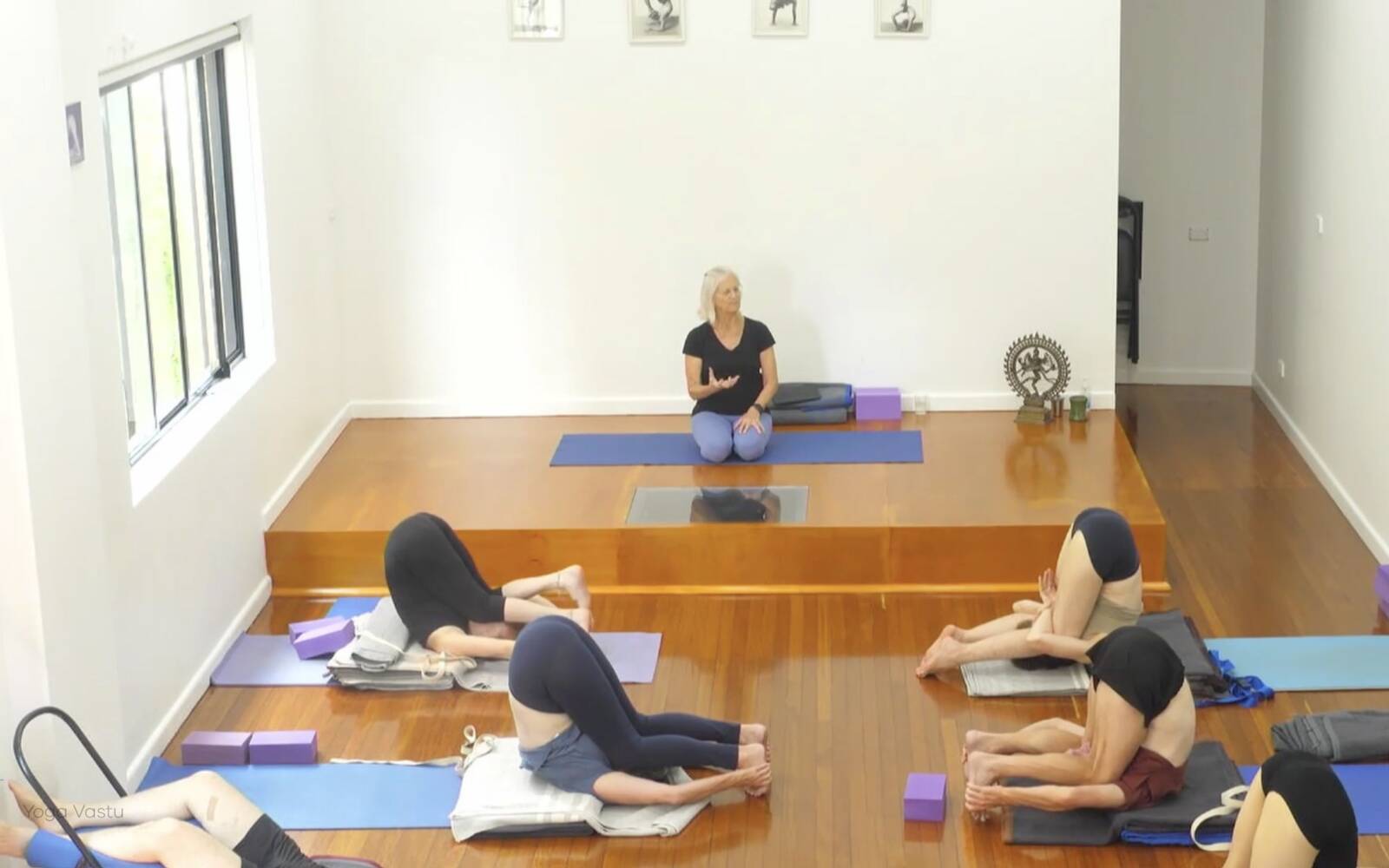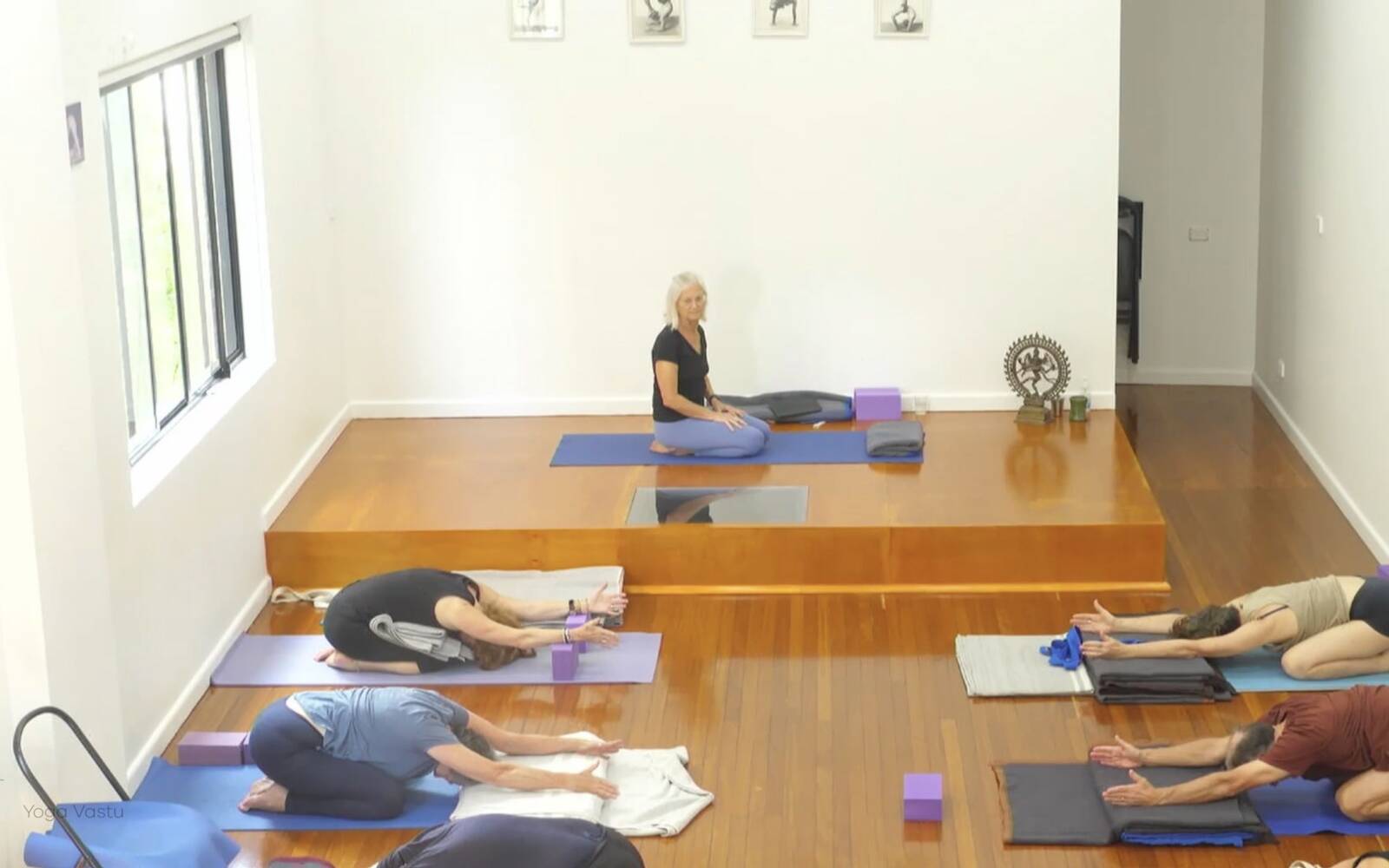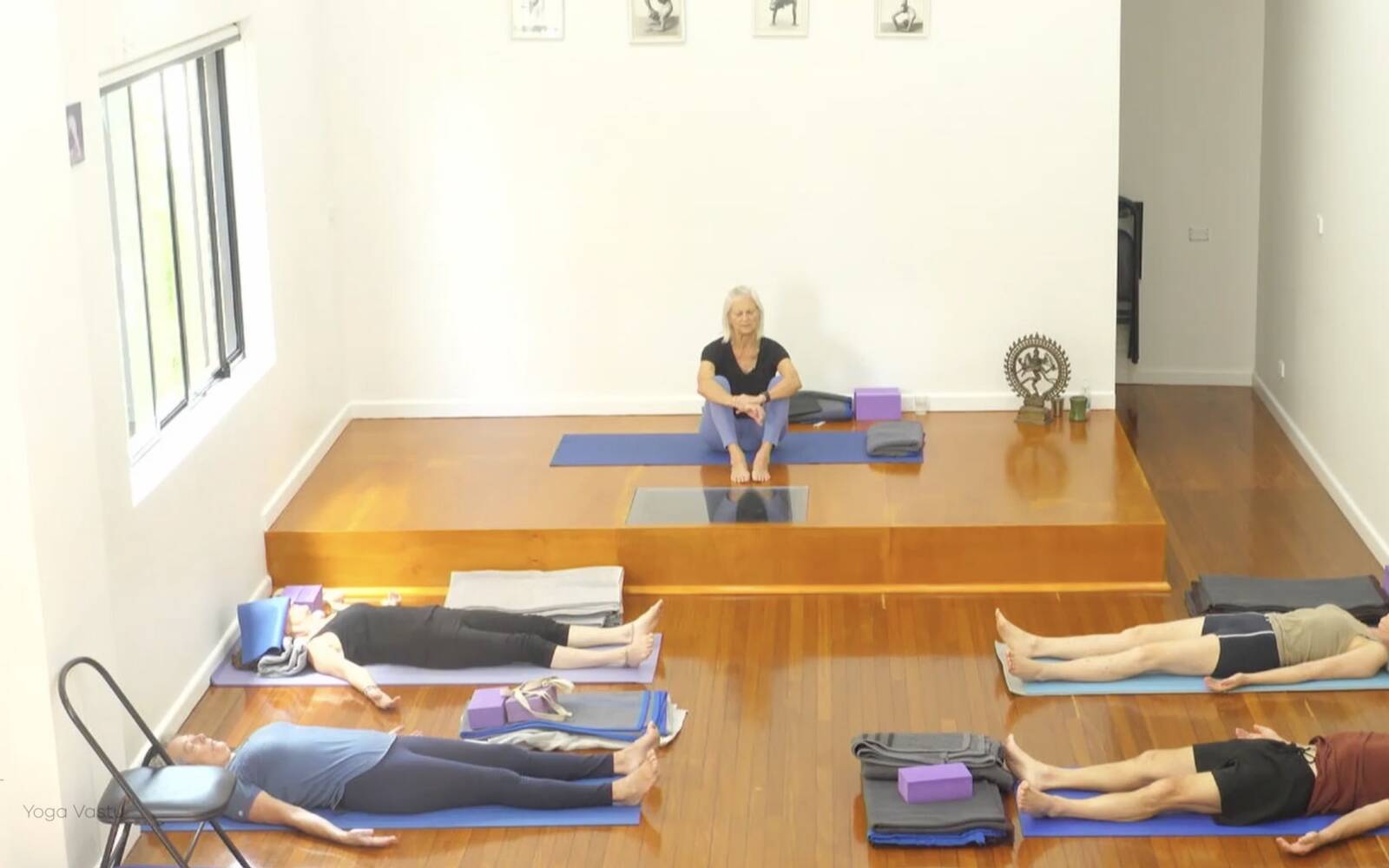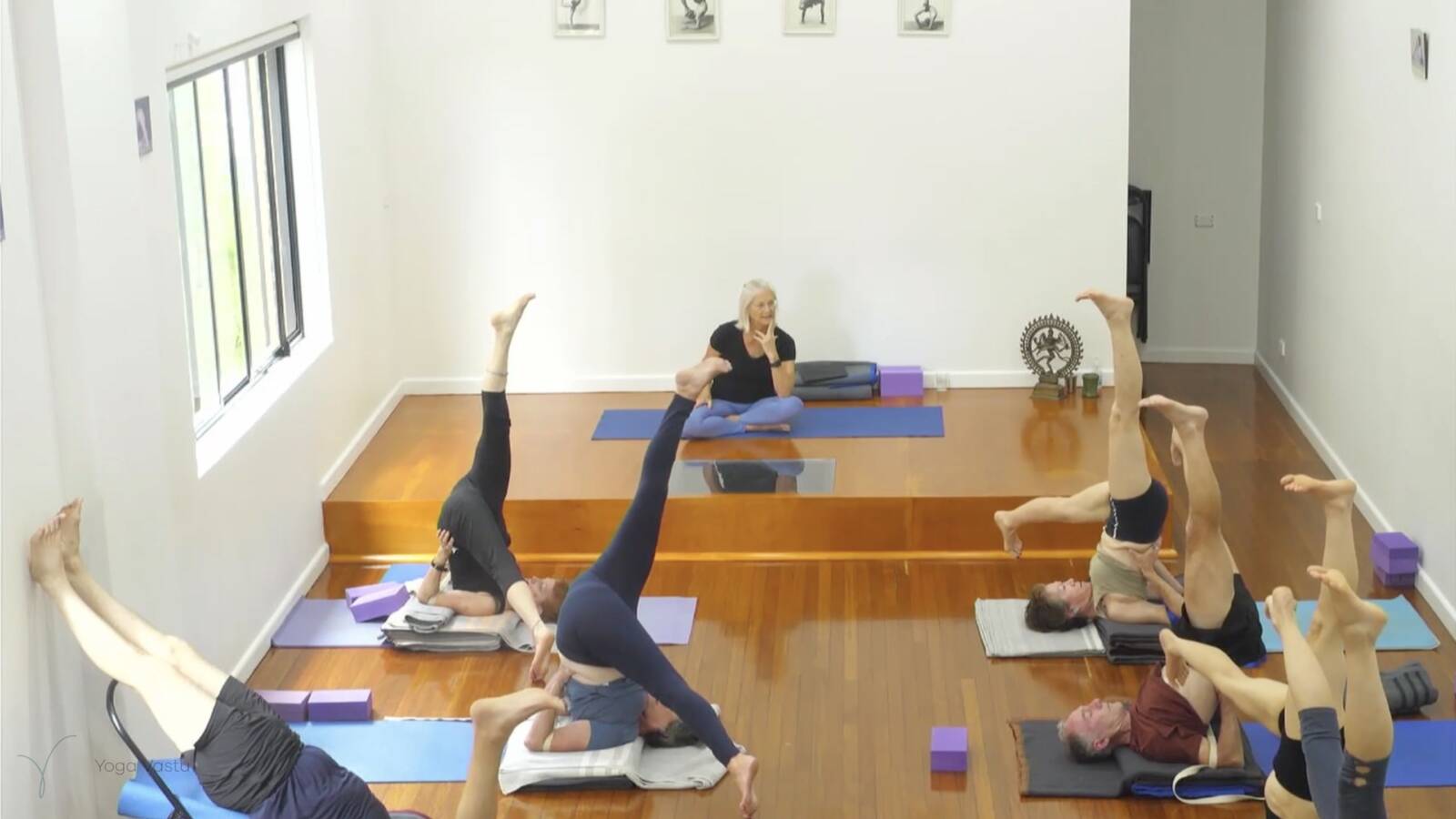This class is for advanced students. It is also suitable for teachers and those in teacher training. We will be looking at the concept of evenness and balance in this session, going through a wide range of asymmetrical postures to see what kinds of differences we can observe in the two sides of the body. In some poses they can be subtle while in others they can be glaringly obvious. By doing this sort of routine we will begin to get a better understanding of our bodies as a whole, where our weak spots are, which areas we feel we have better access to, and where we feel stiffness, tension, or stress. It’s very useful to do this type of session on a regular basis since it can provide us with an insight into how our body changes over time. An area that was loose and pliable a week before might become stiff all of a sudden: by observing this we might realise we know where the problem stems from. As we practice this type of observation regularly, we become better at catching the moments when something in our body changes. It’s a meditative practice that eventually makes it easier for us to be aware not only of changes in our bodies but also in our minds and in our surroundings. The longer we practice observing and reflecting on our observations, the better we get at detecting subtle changes.
In this class, there will be a wide range of postures: standing, seated, forward bends, inversions, supine, restorative. Though not all of them are asymmetrical, such poses will be our primary focus here. And, with most of them, there will be a hip focus. We’ll be opening our legs out to the side as in Utthita Hasta Padangusthasana 2 or Supta Padangusthasana 2 or bending over an outstretched leg as in Janu Sirsasana. We will also incorporate some abdominal strengthening in such poses as Krounchasana and Ubhaya Padangusthasana. We will also do some one-legged variations in inversions to see how being upside down might change our perspective of physical sensations.
Video stills from this sequence
